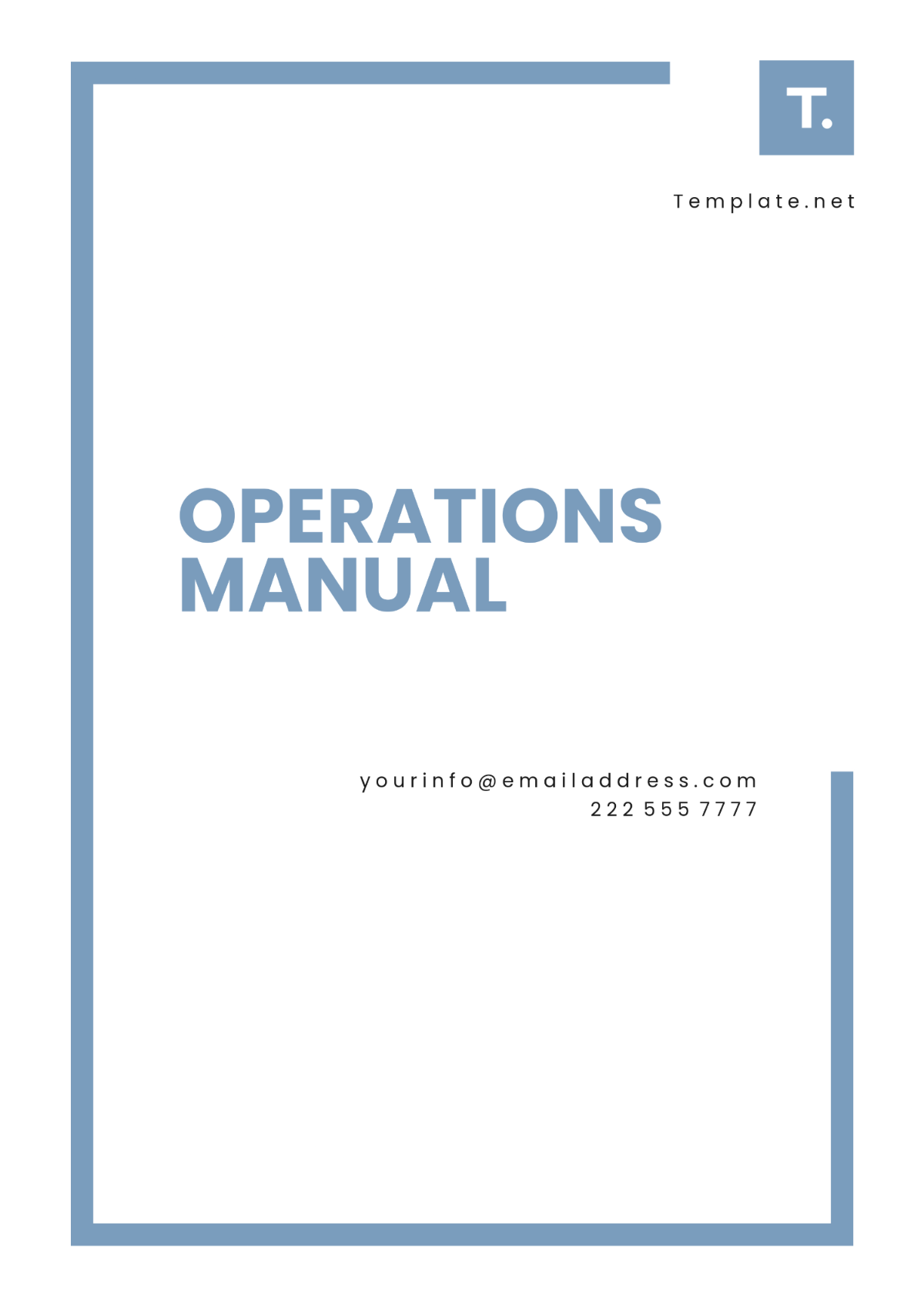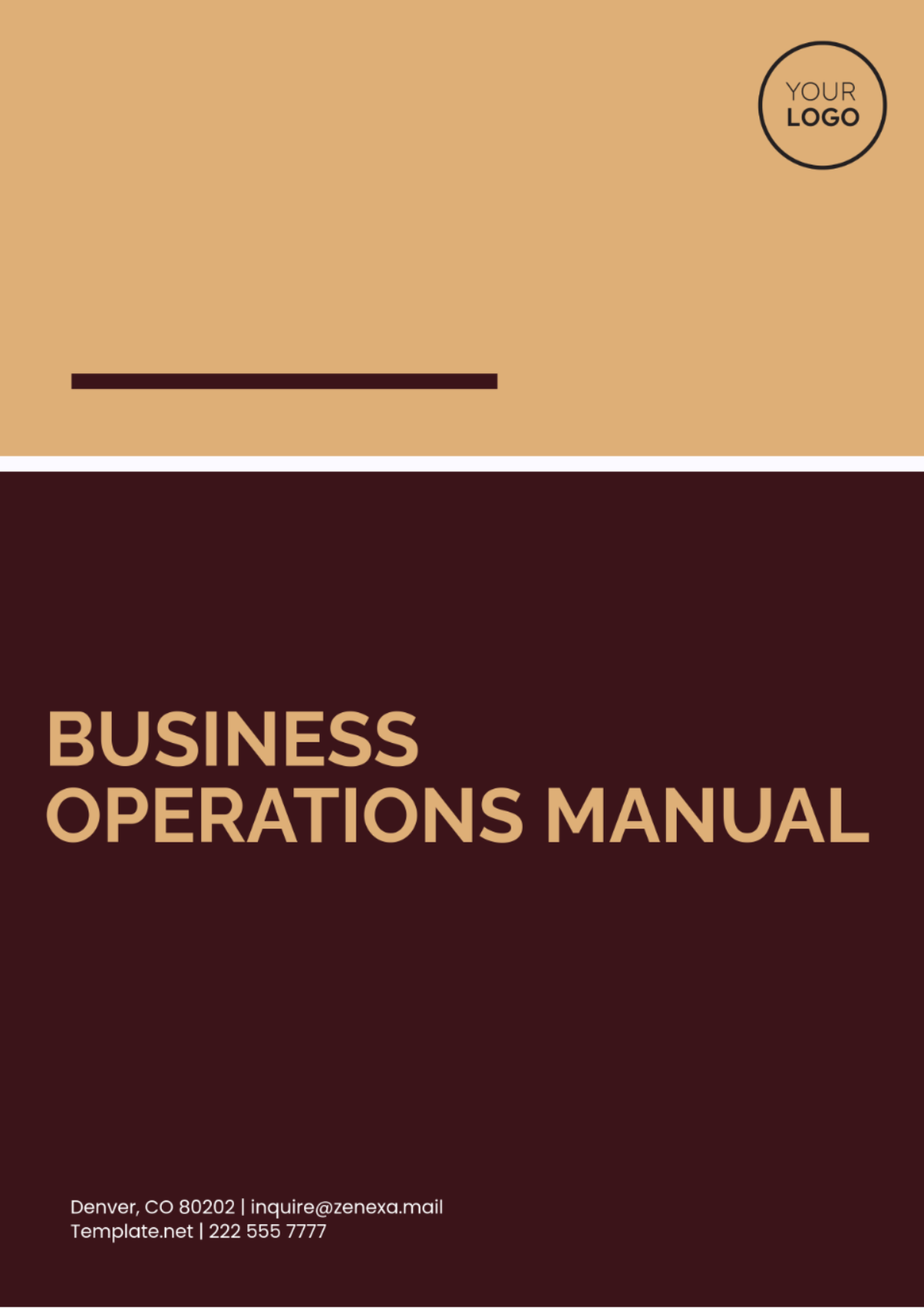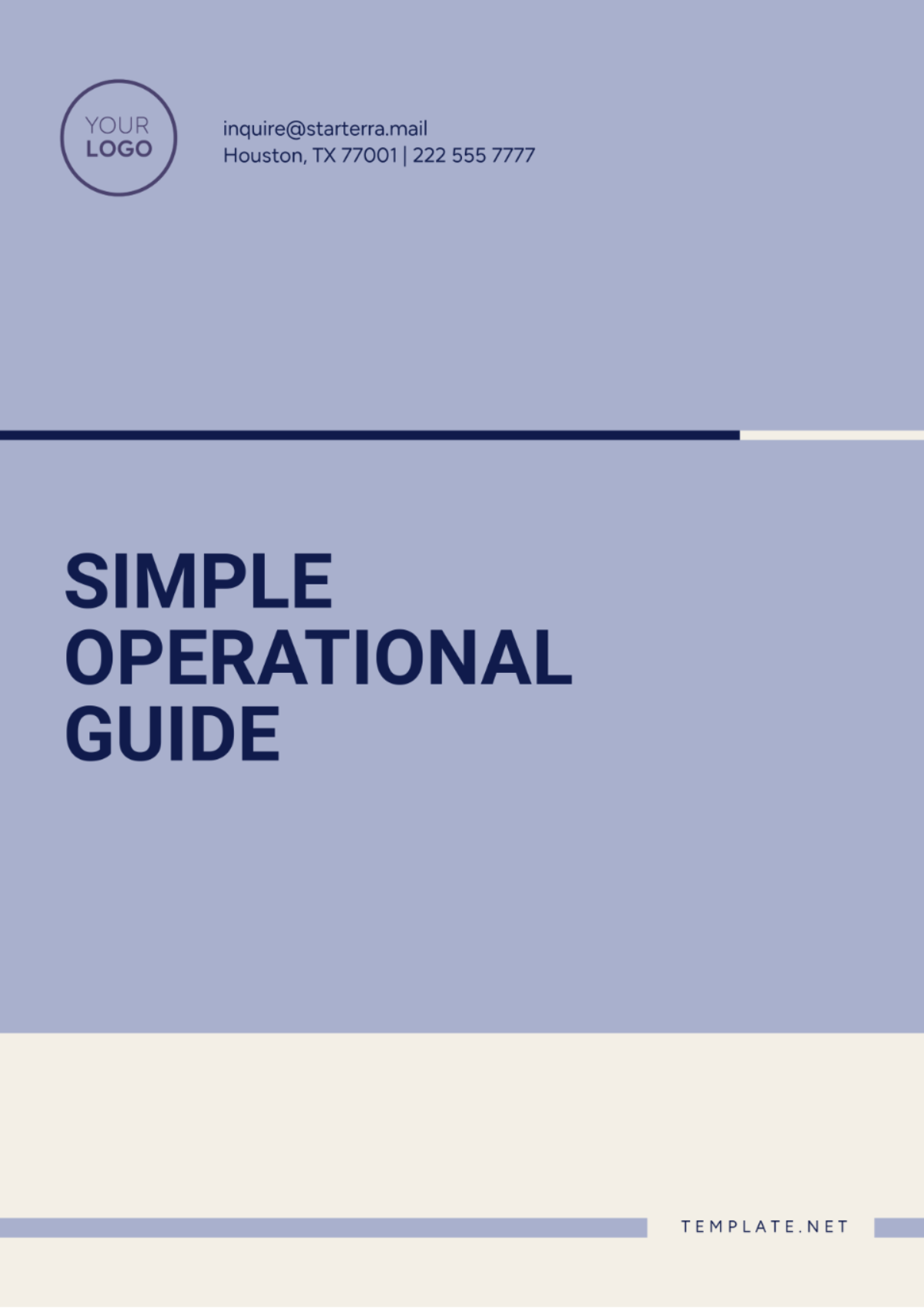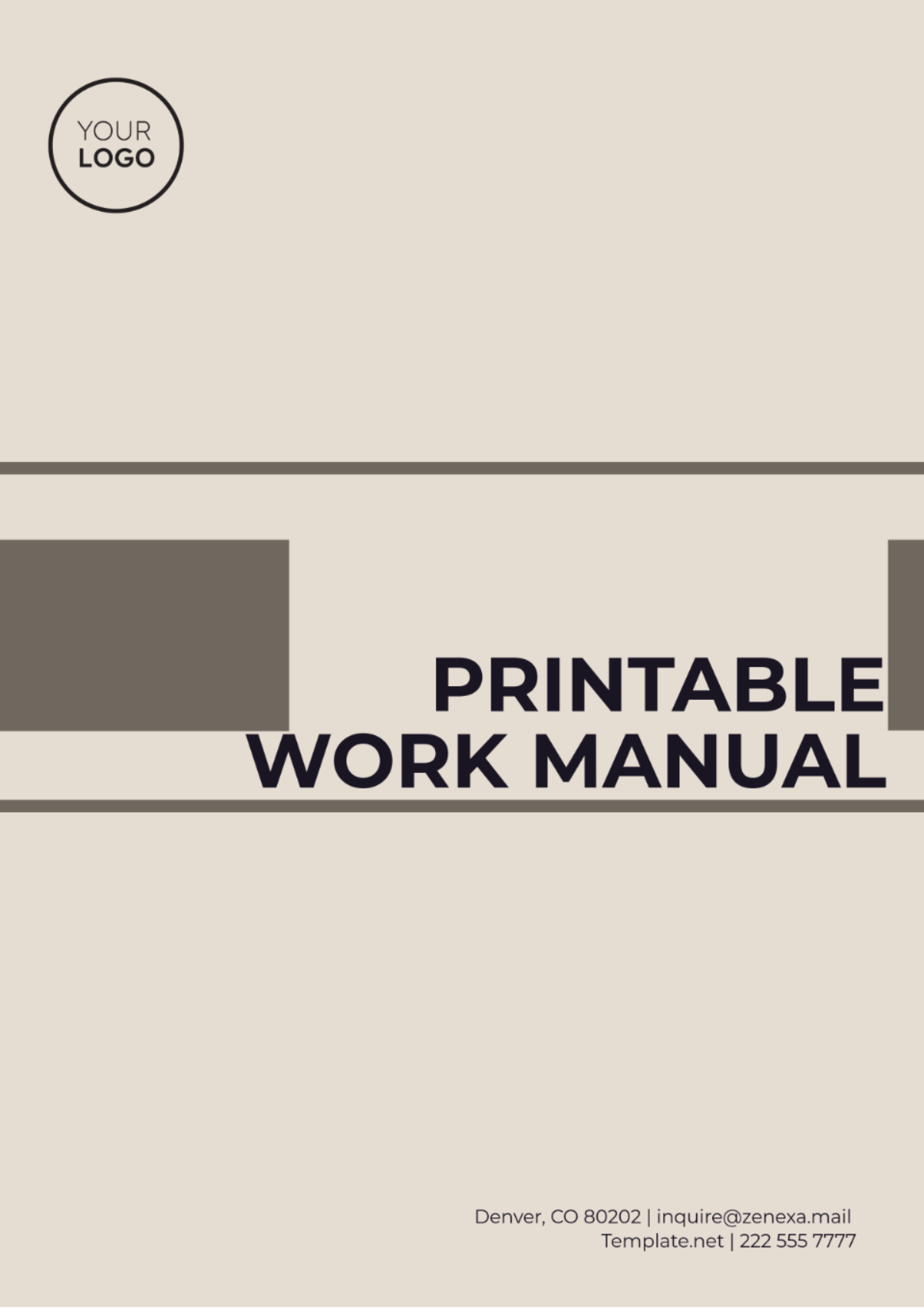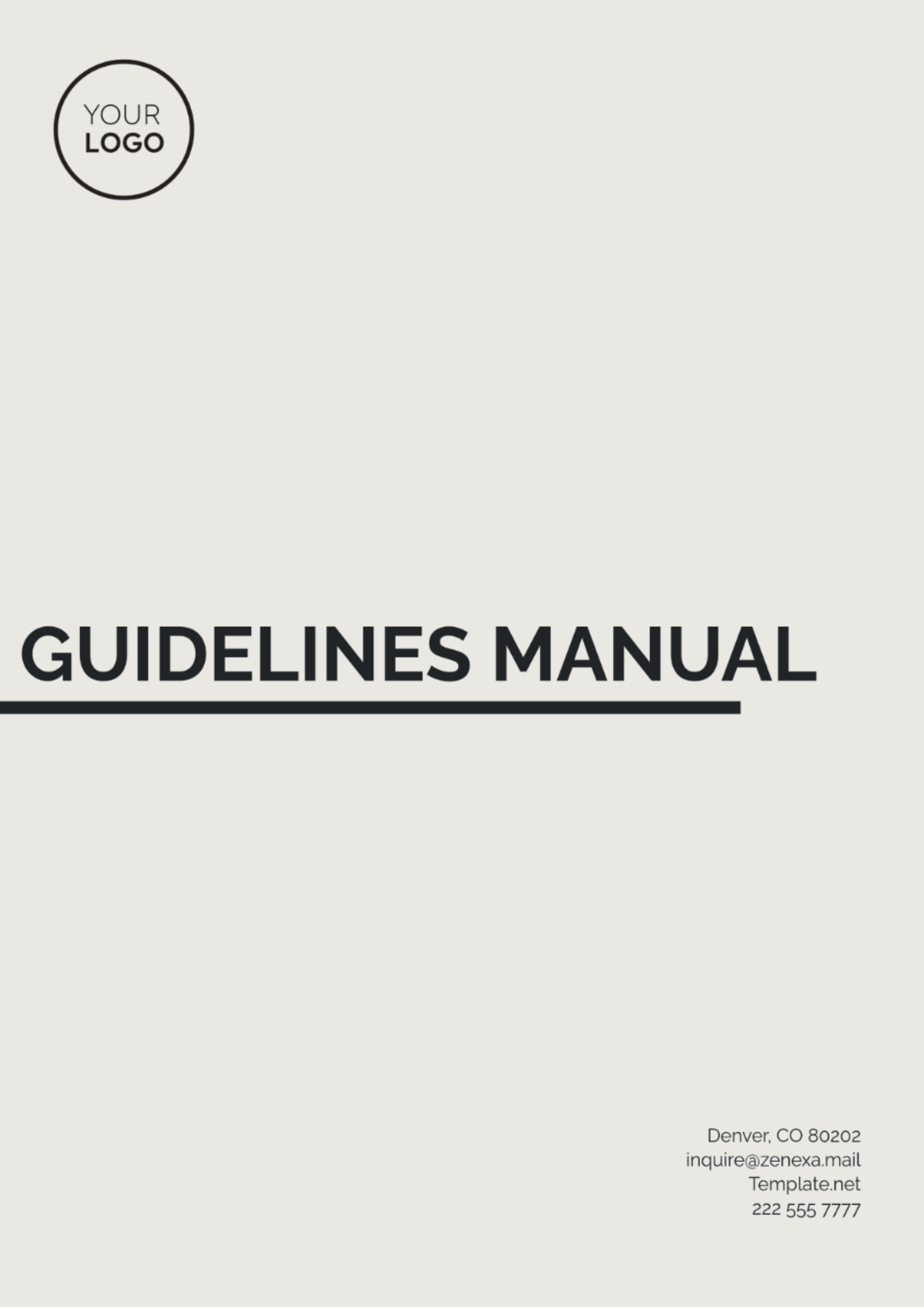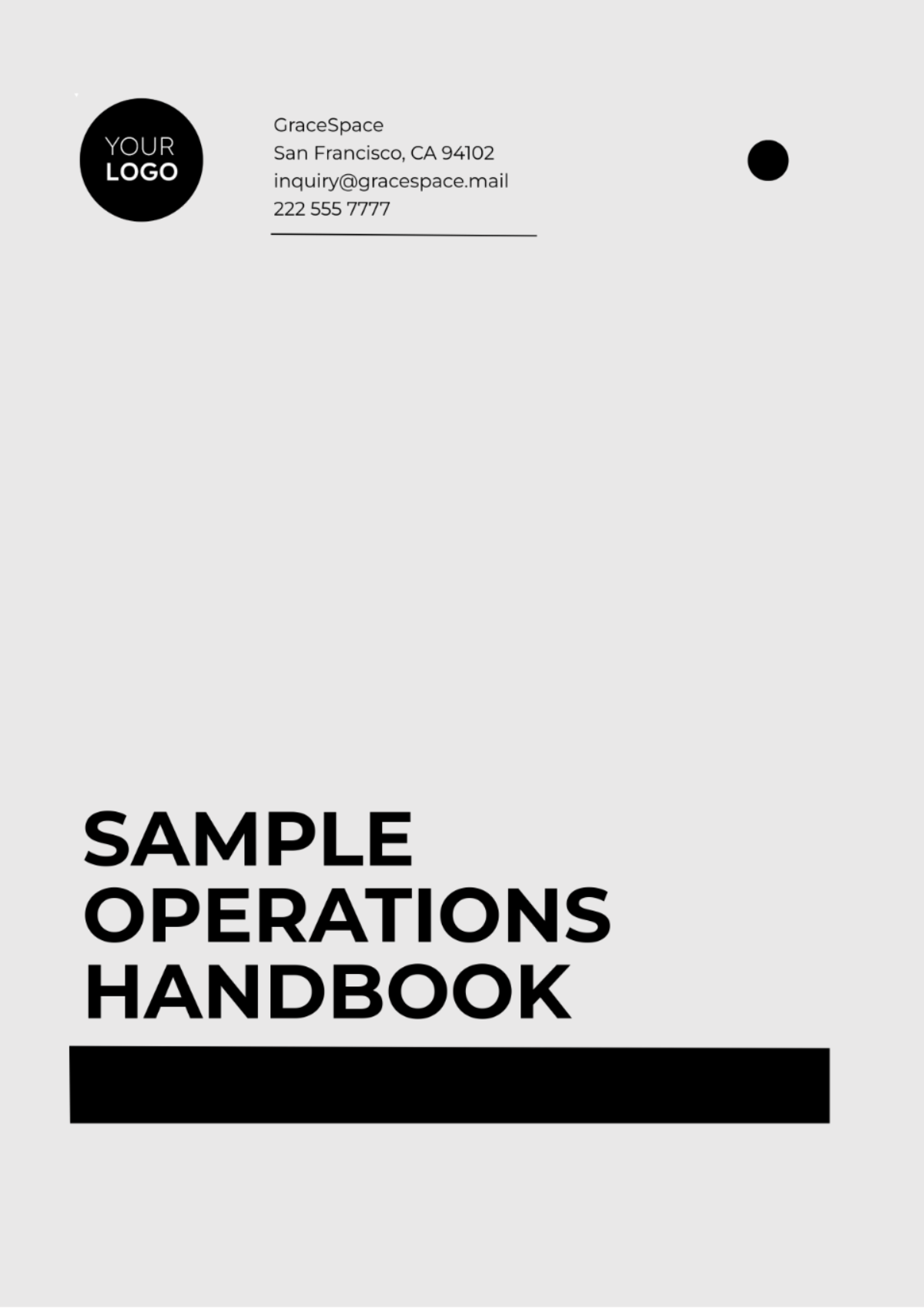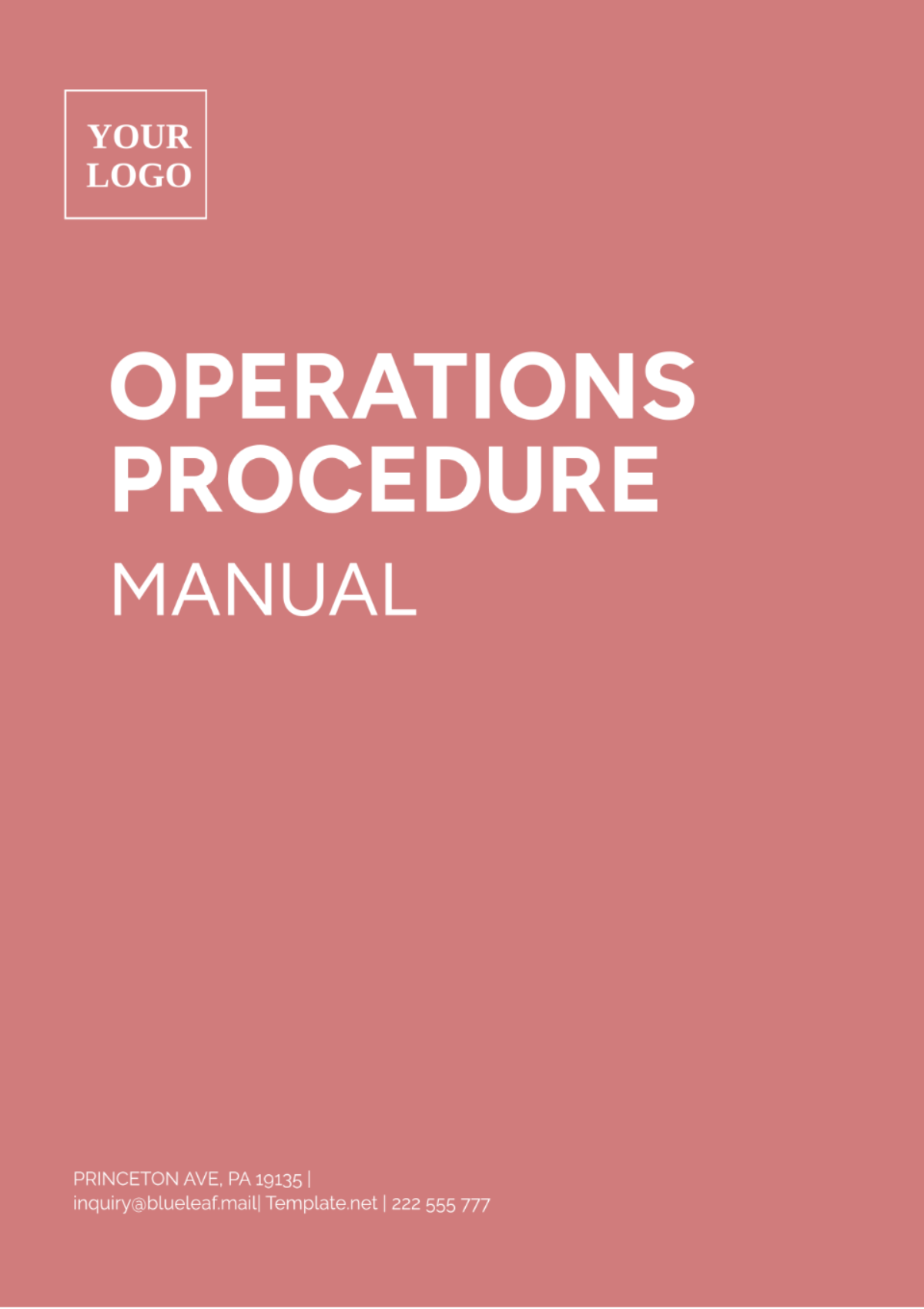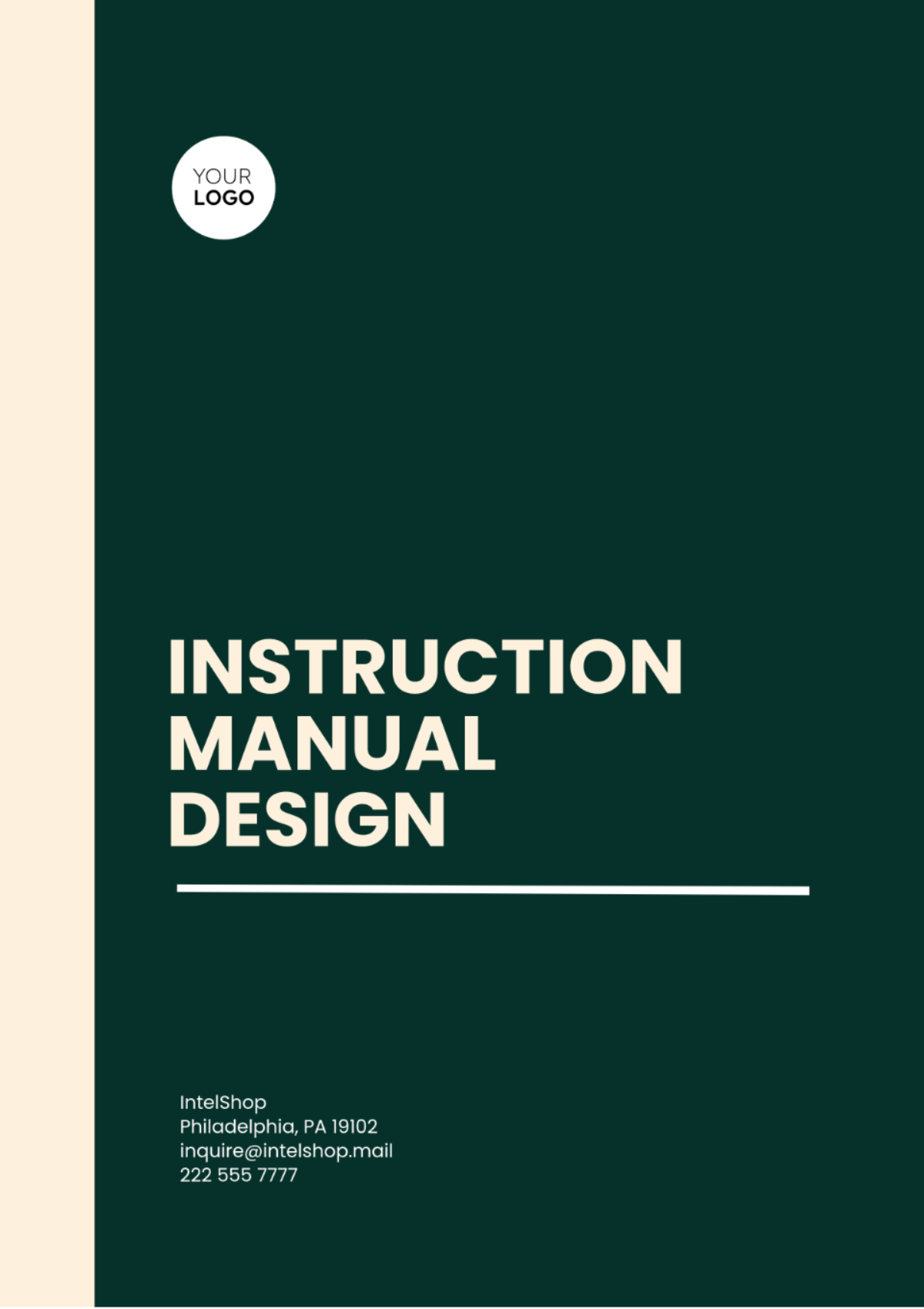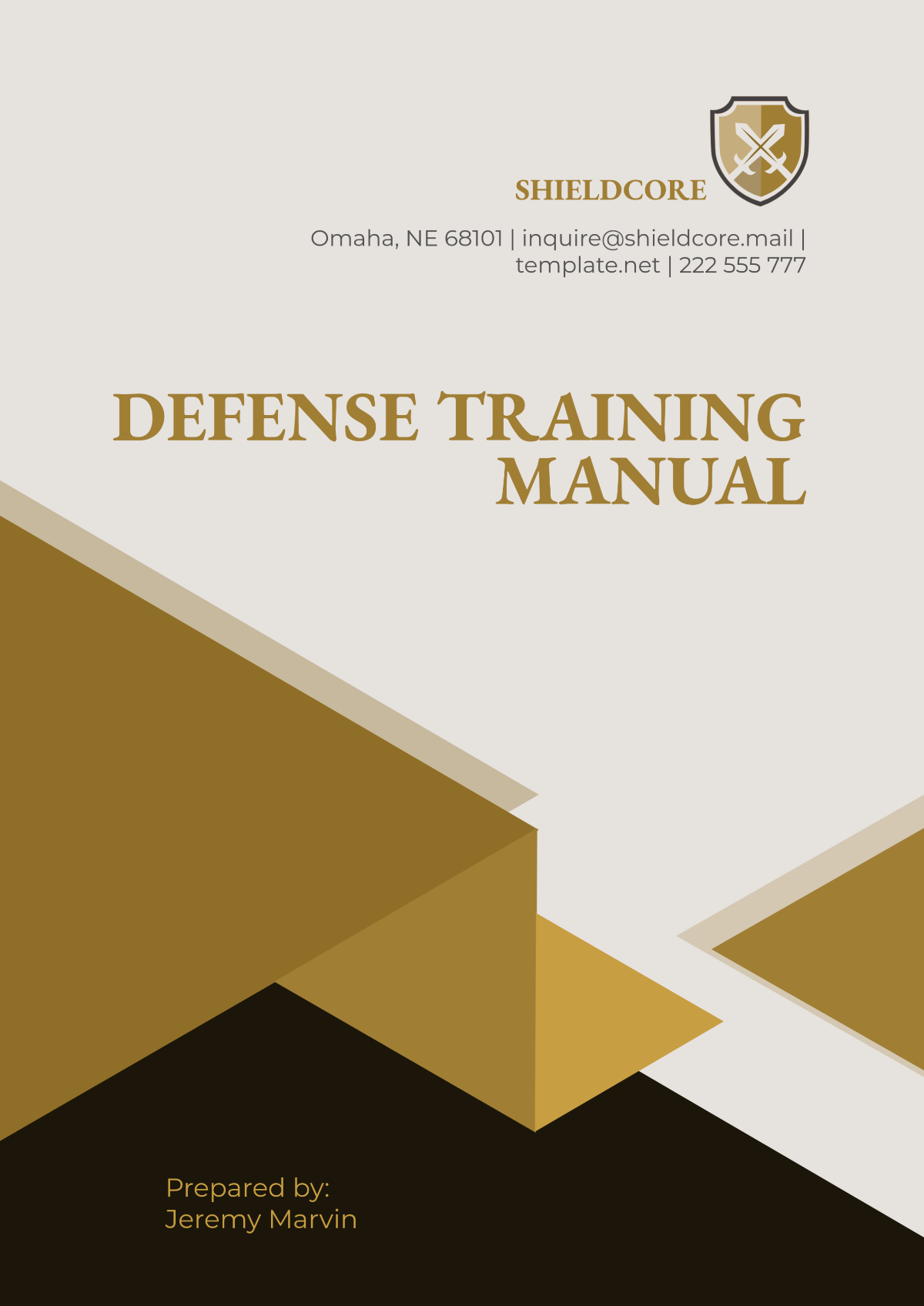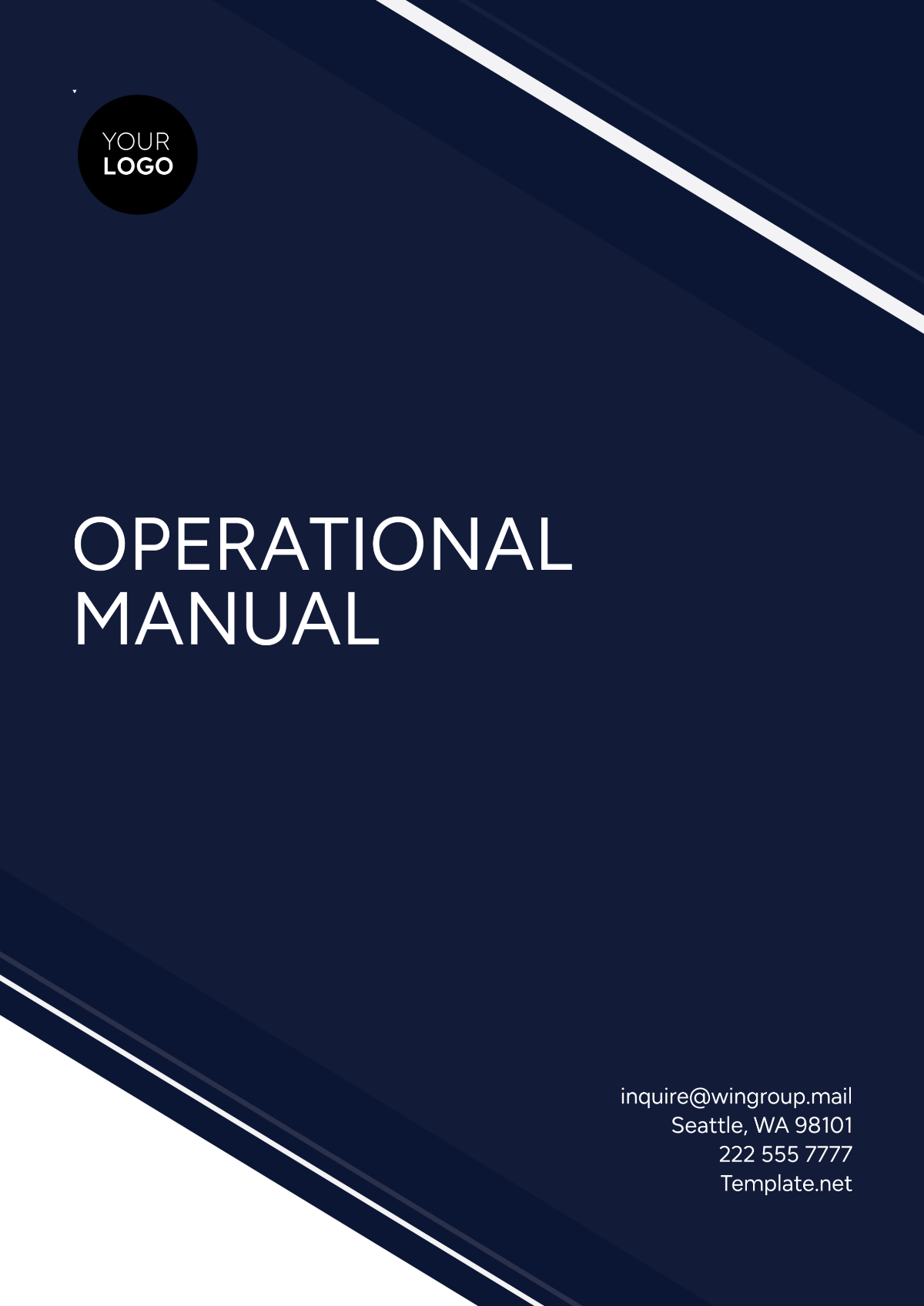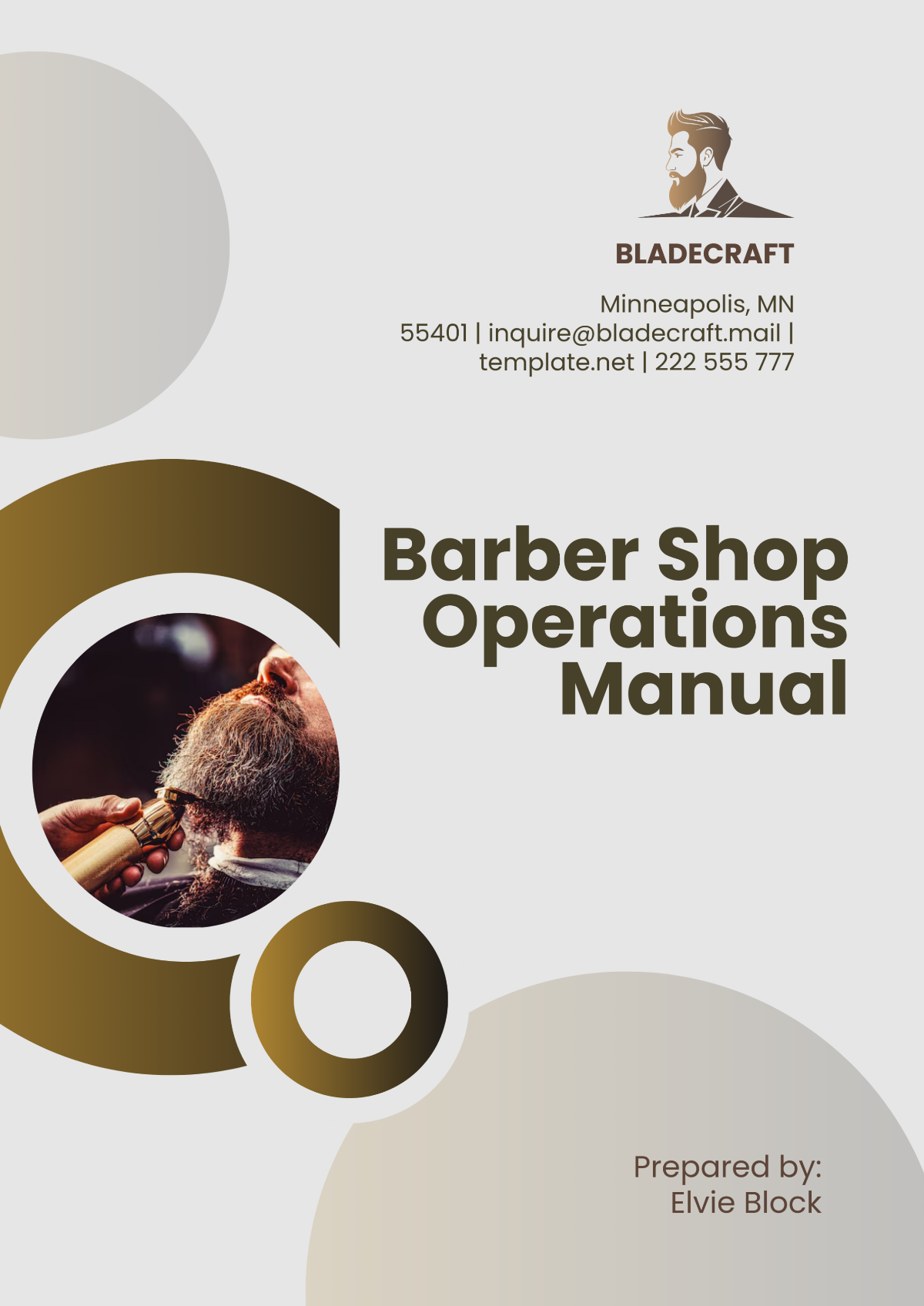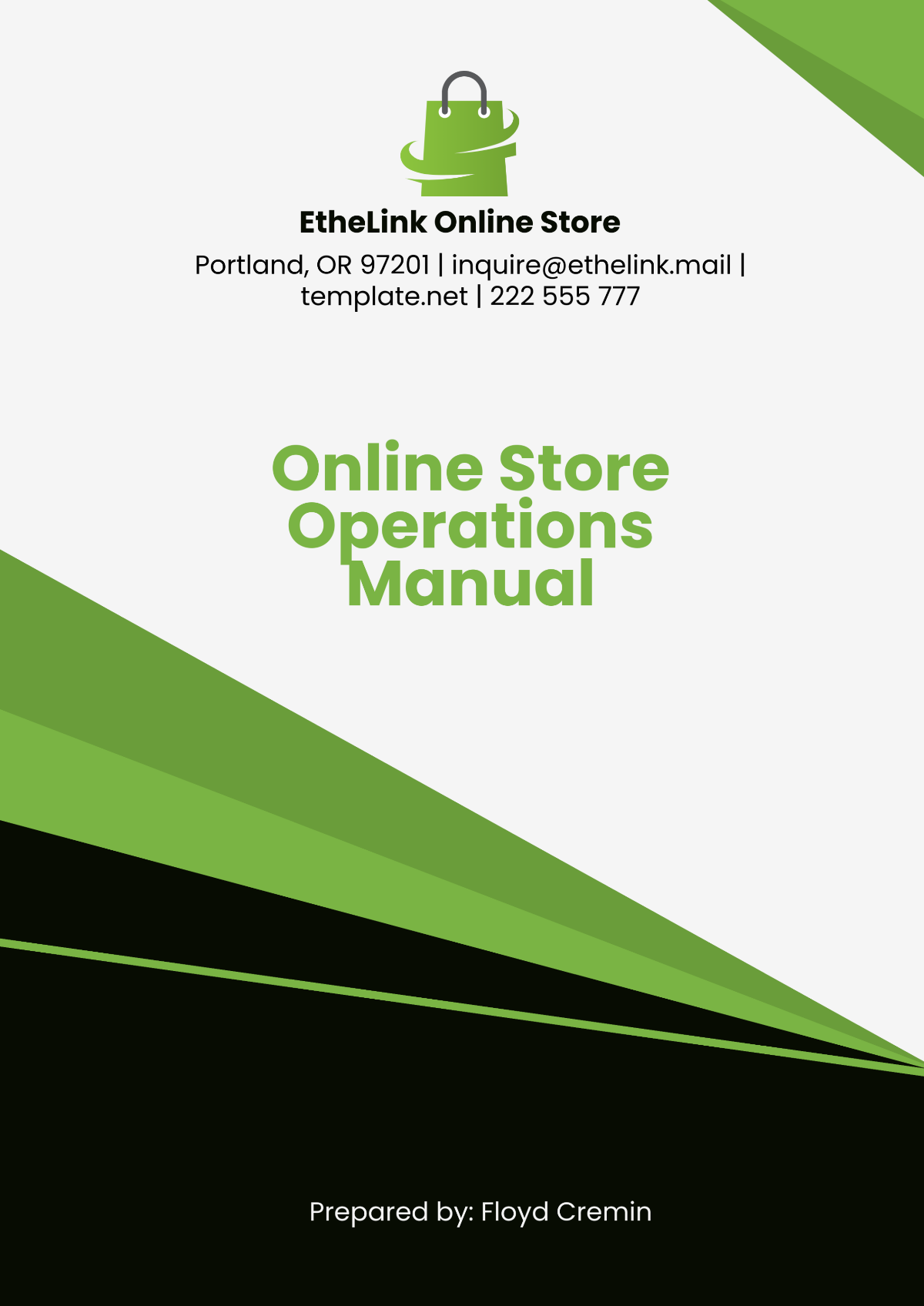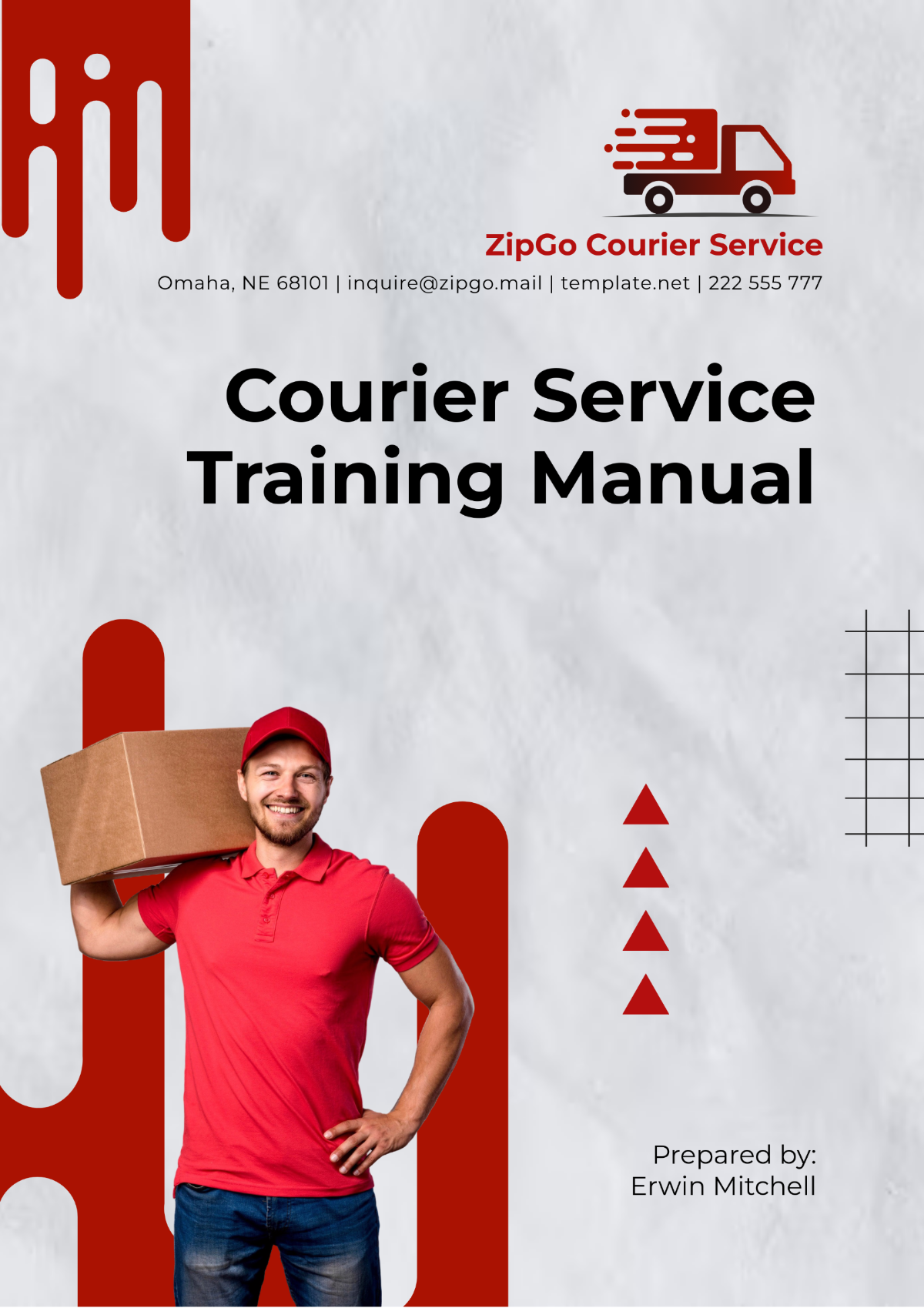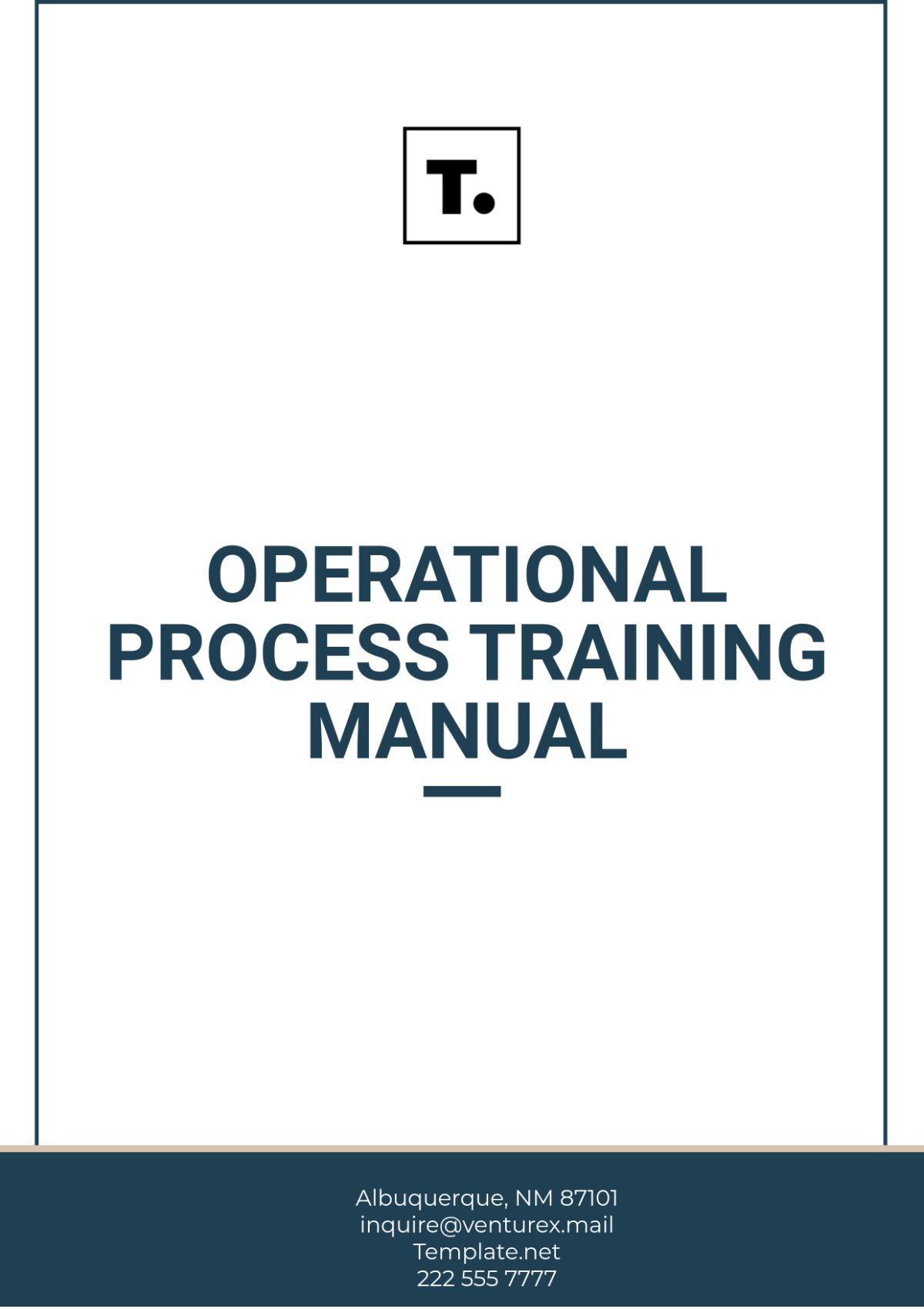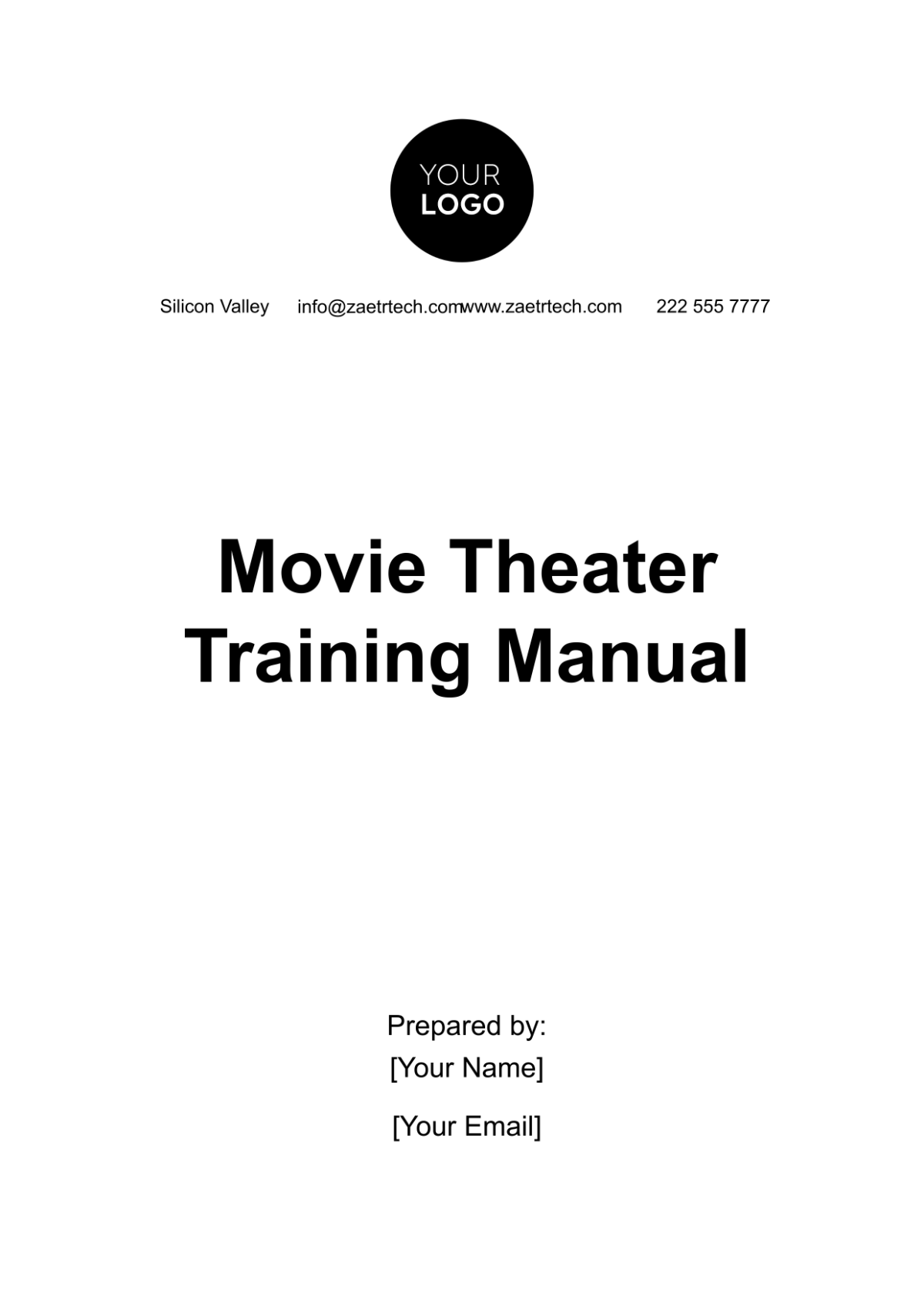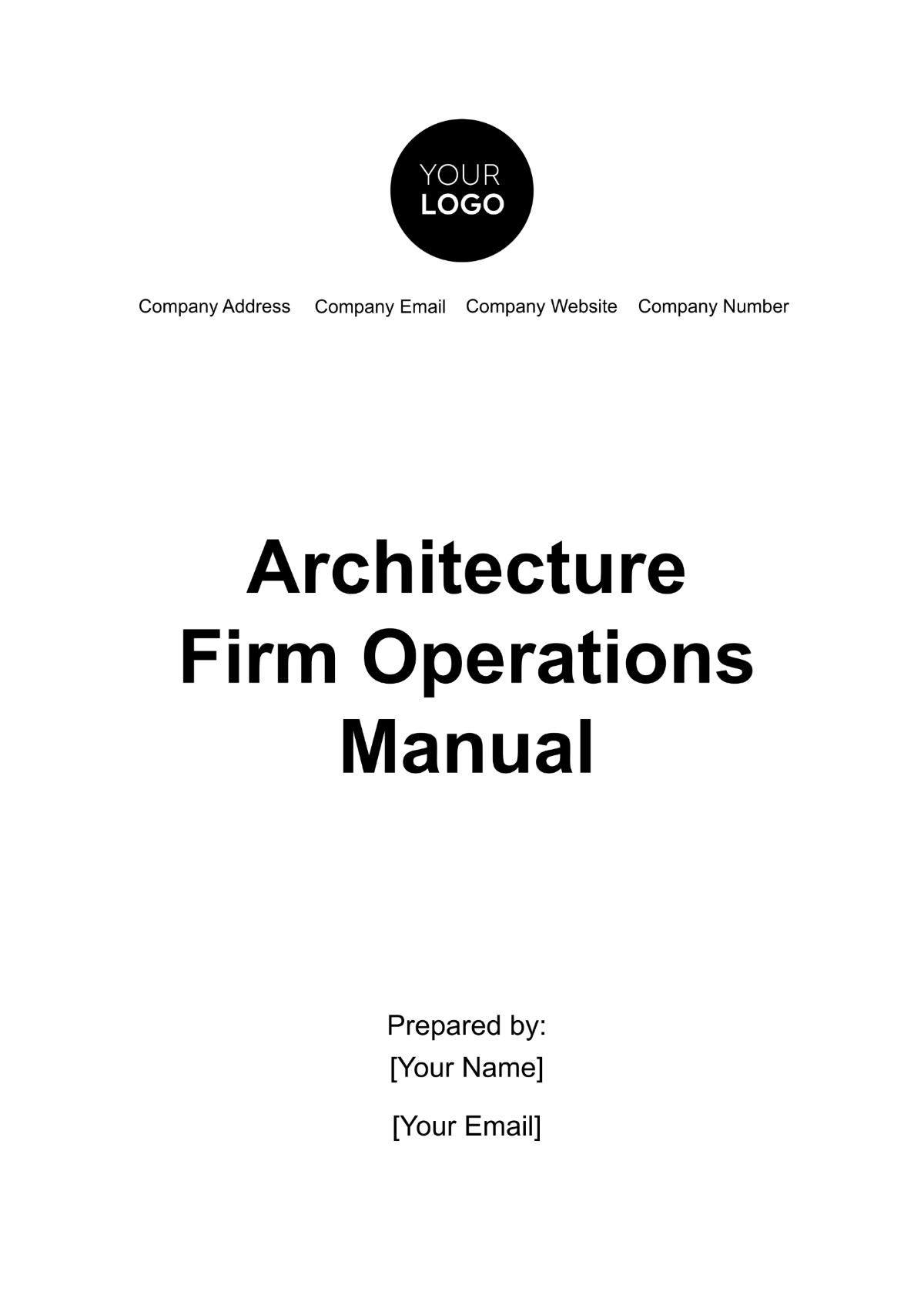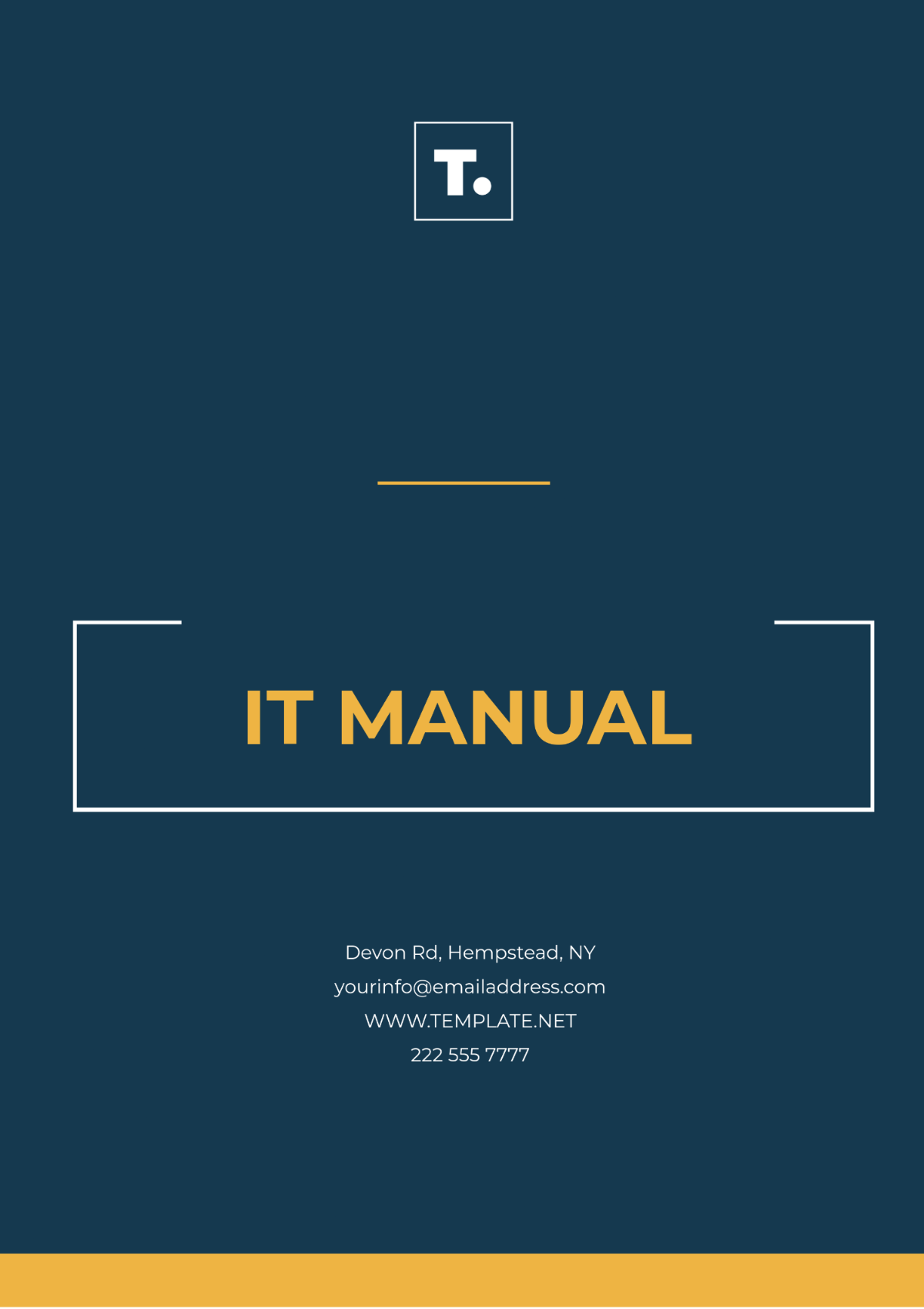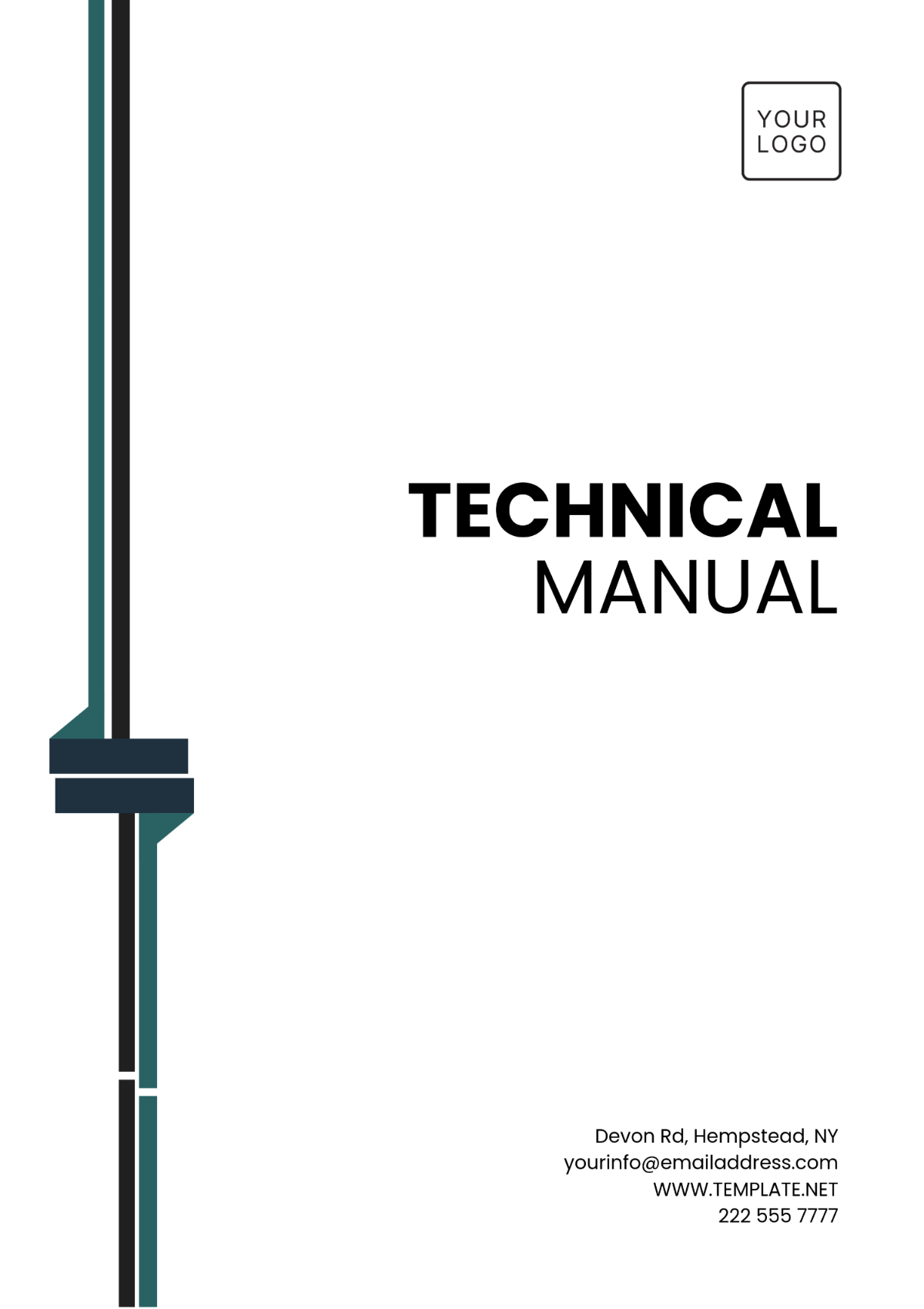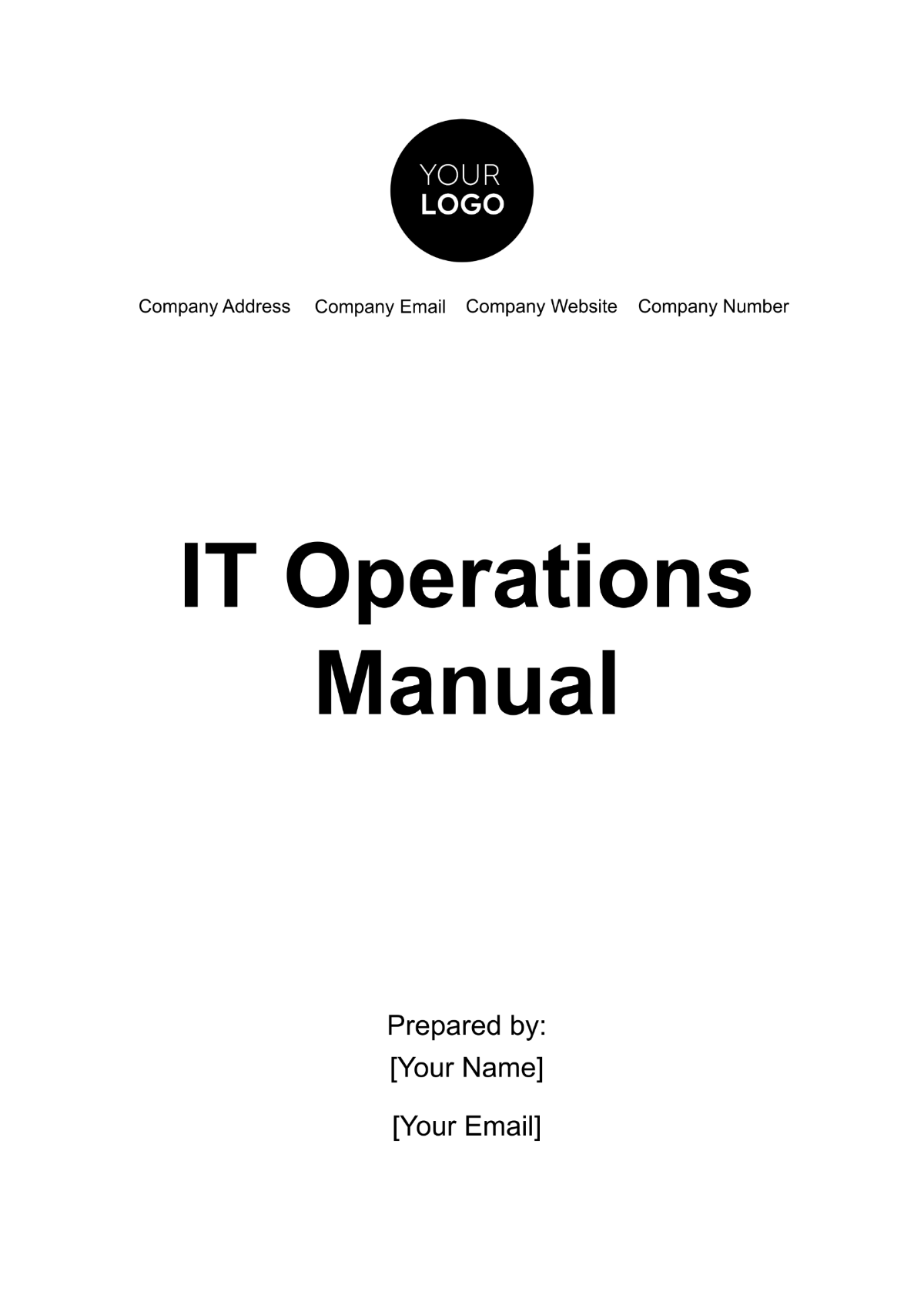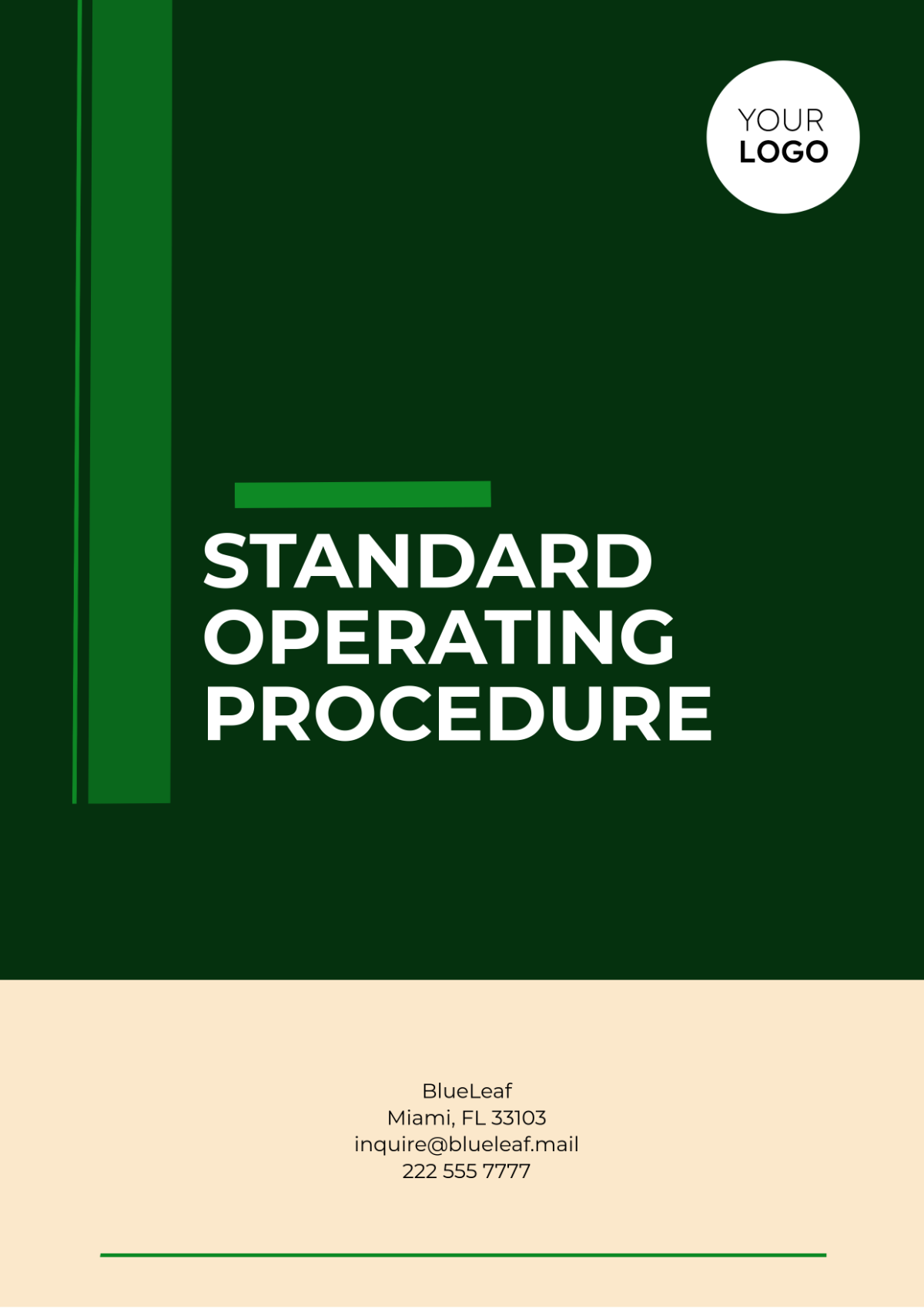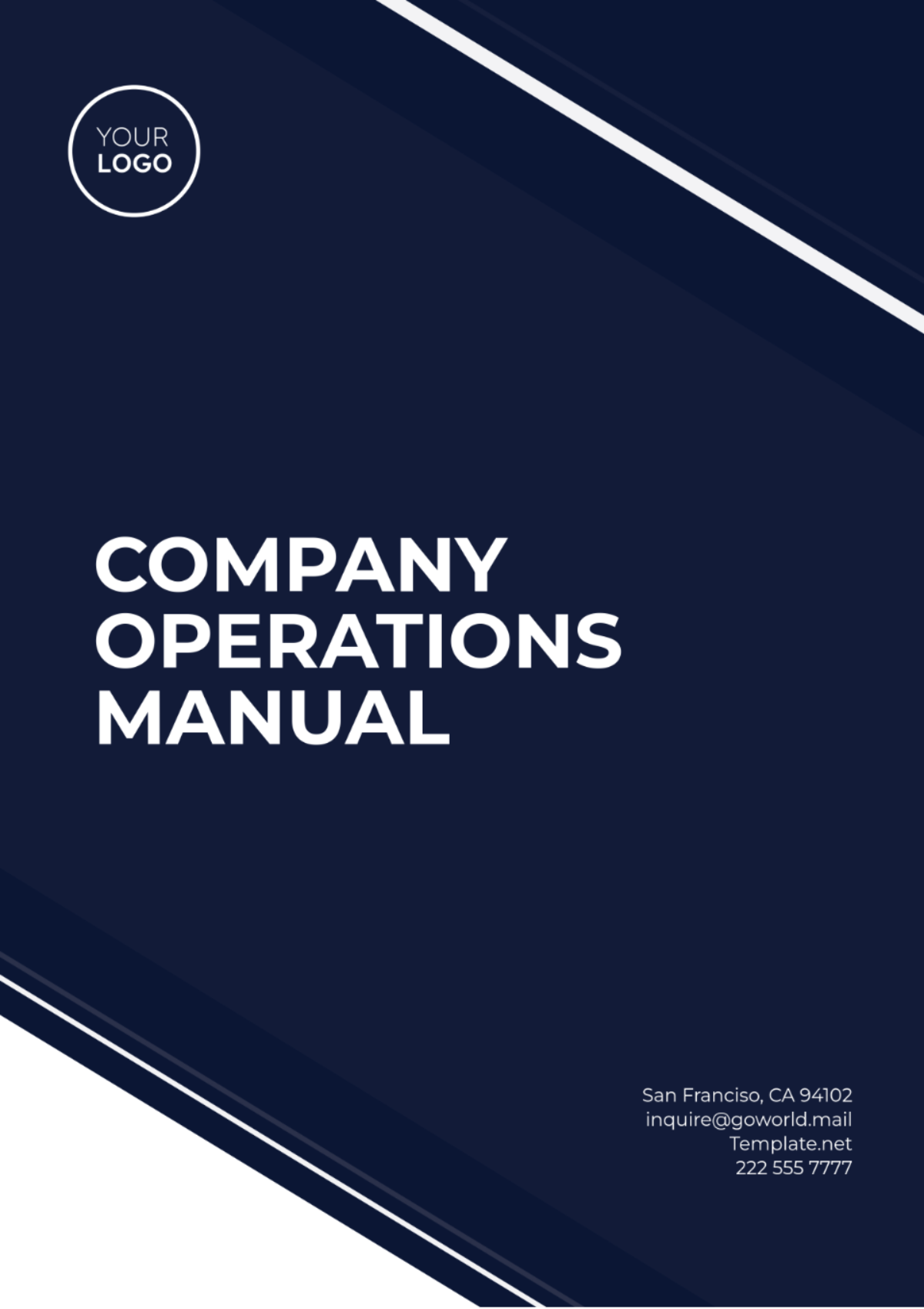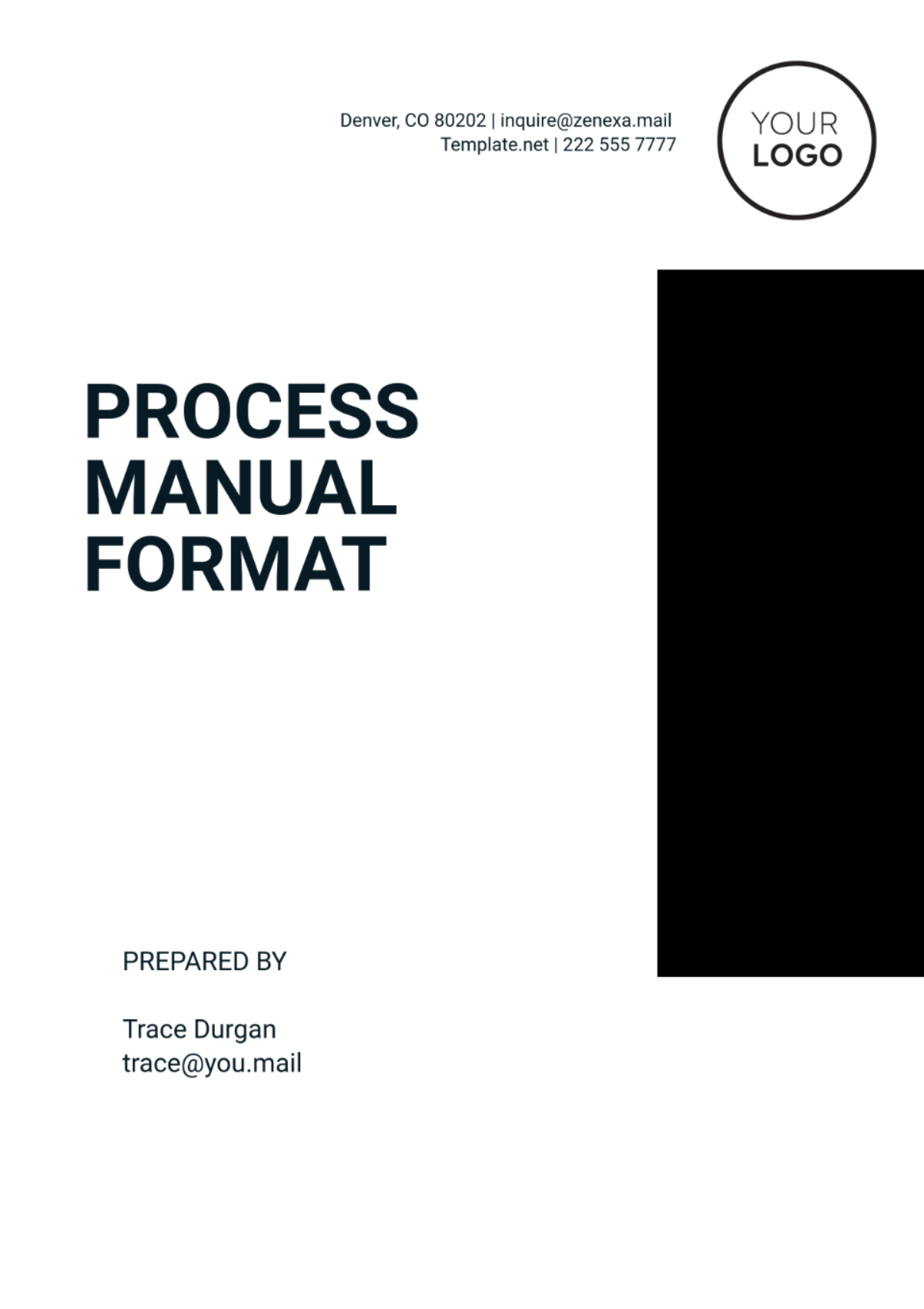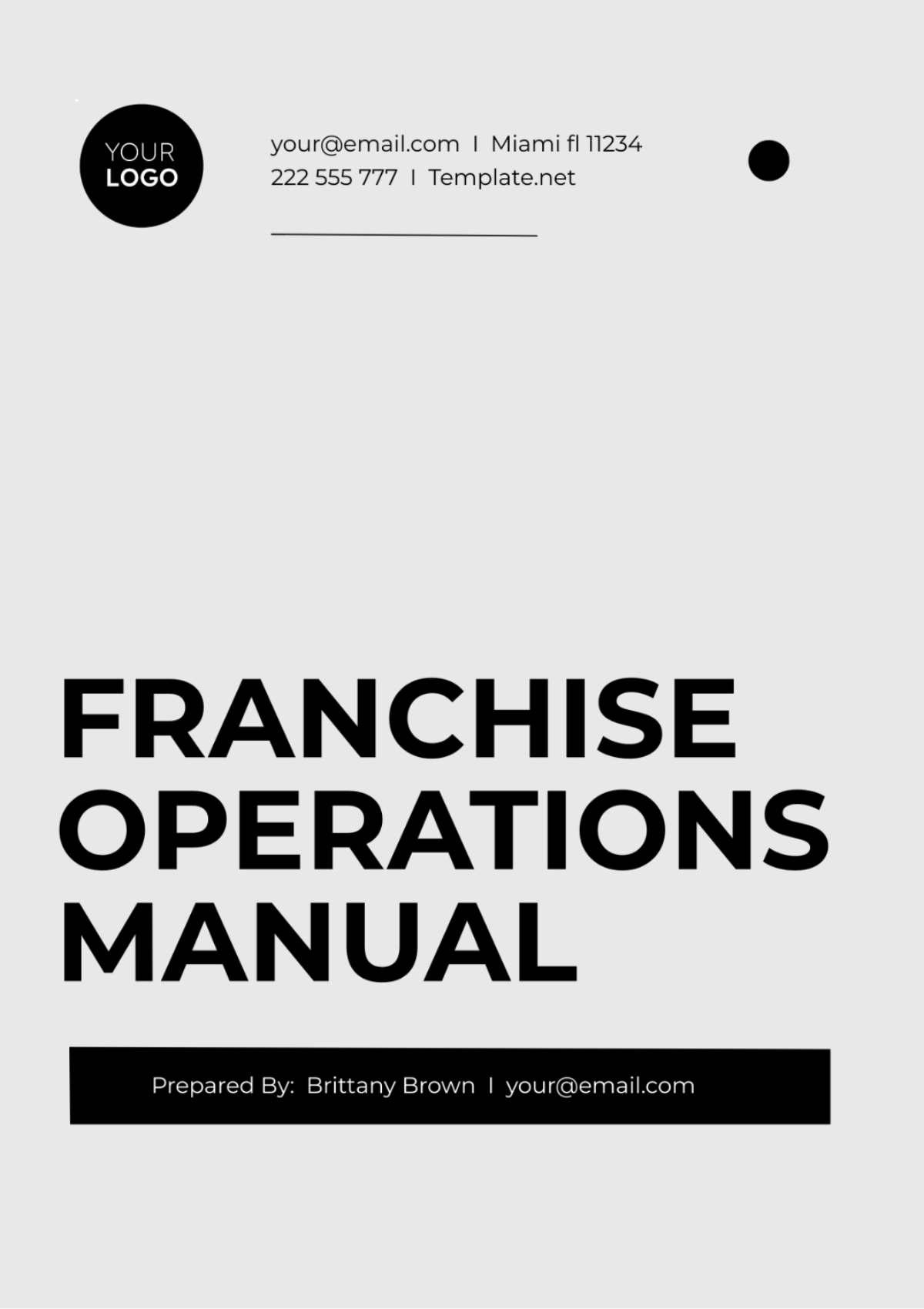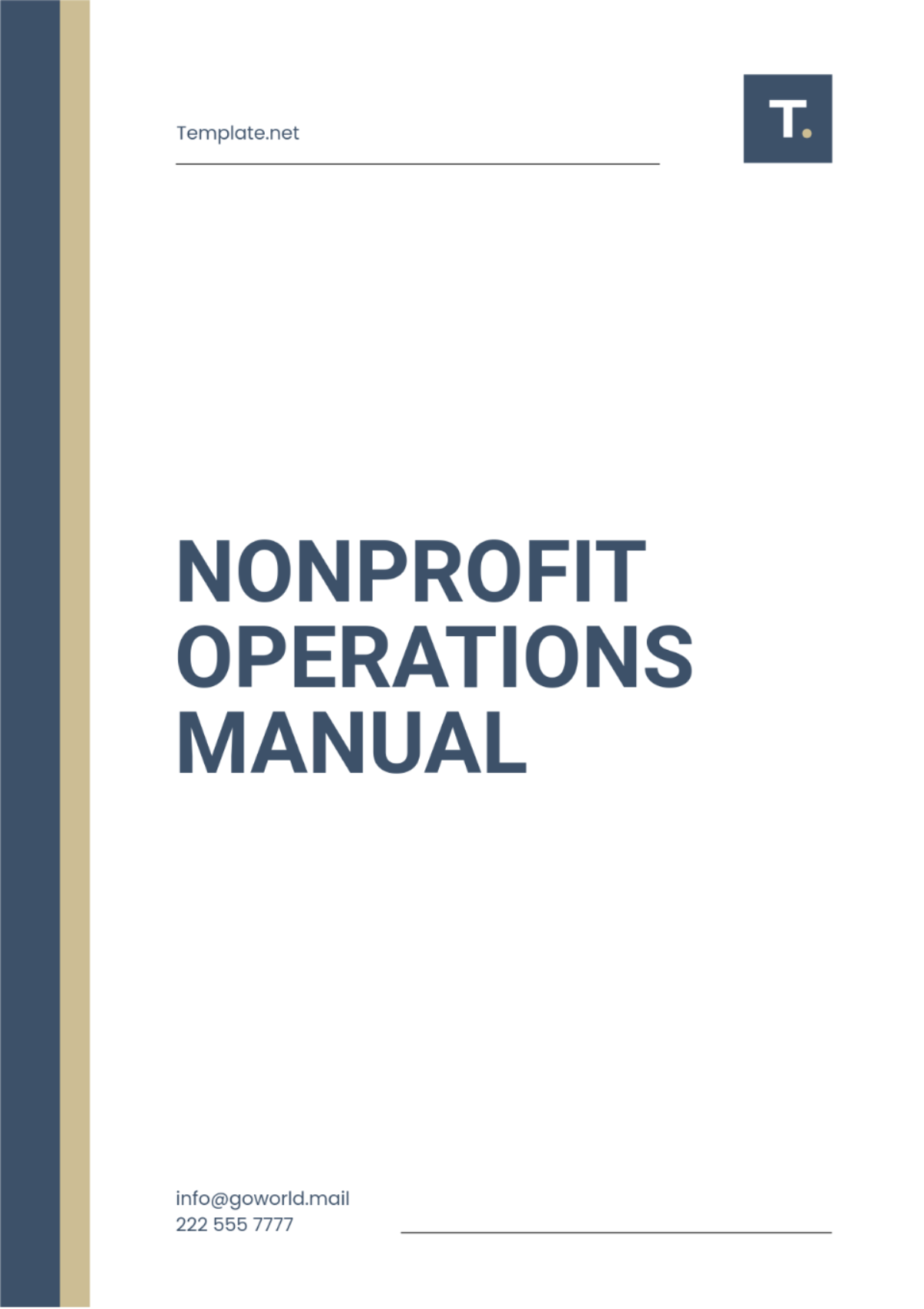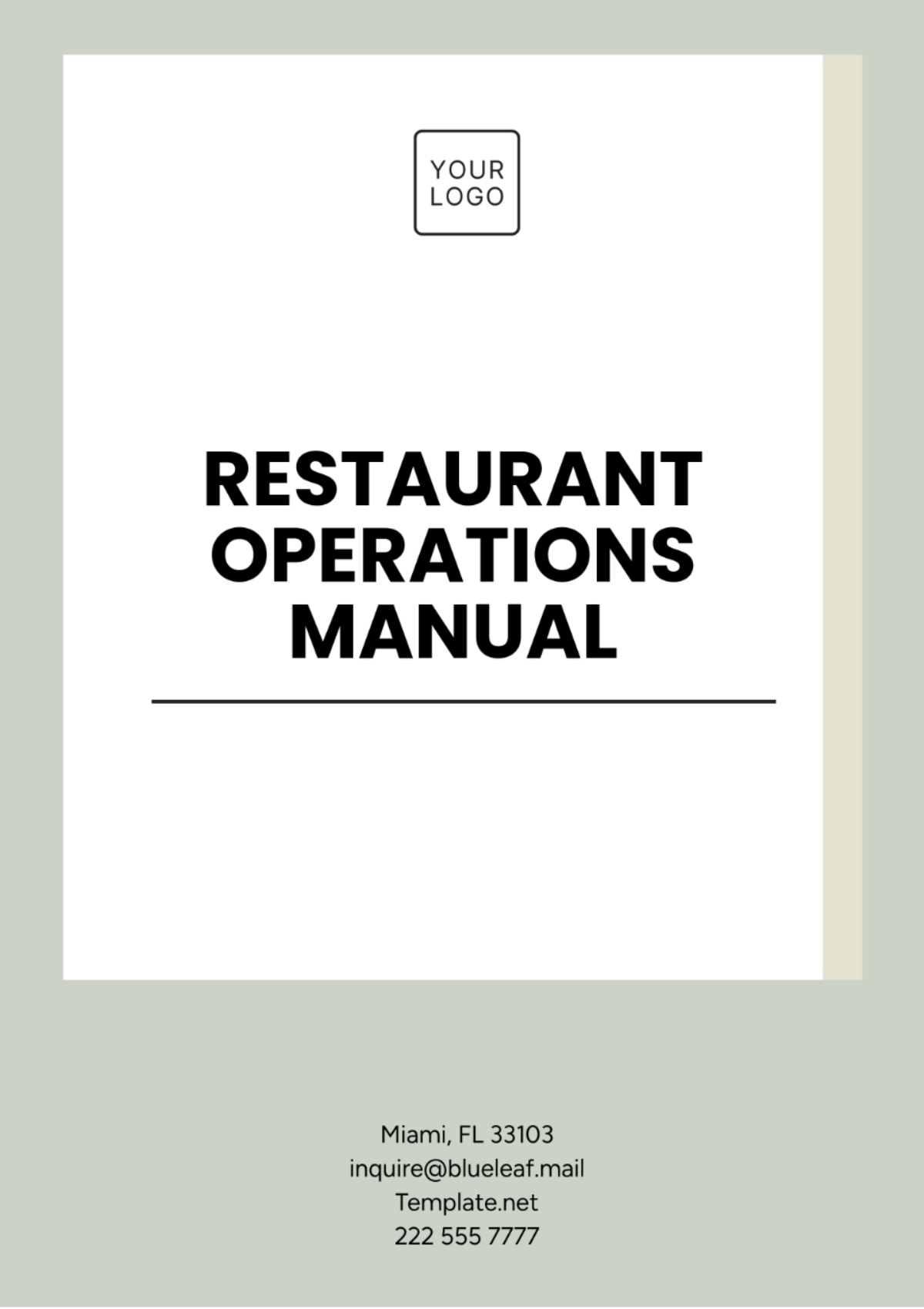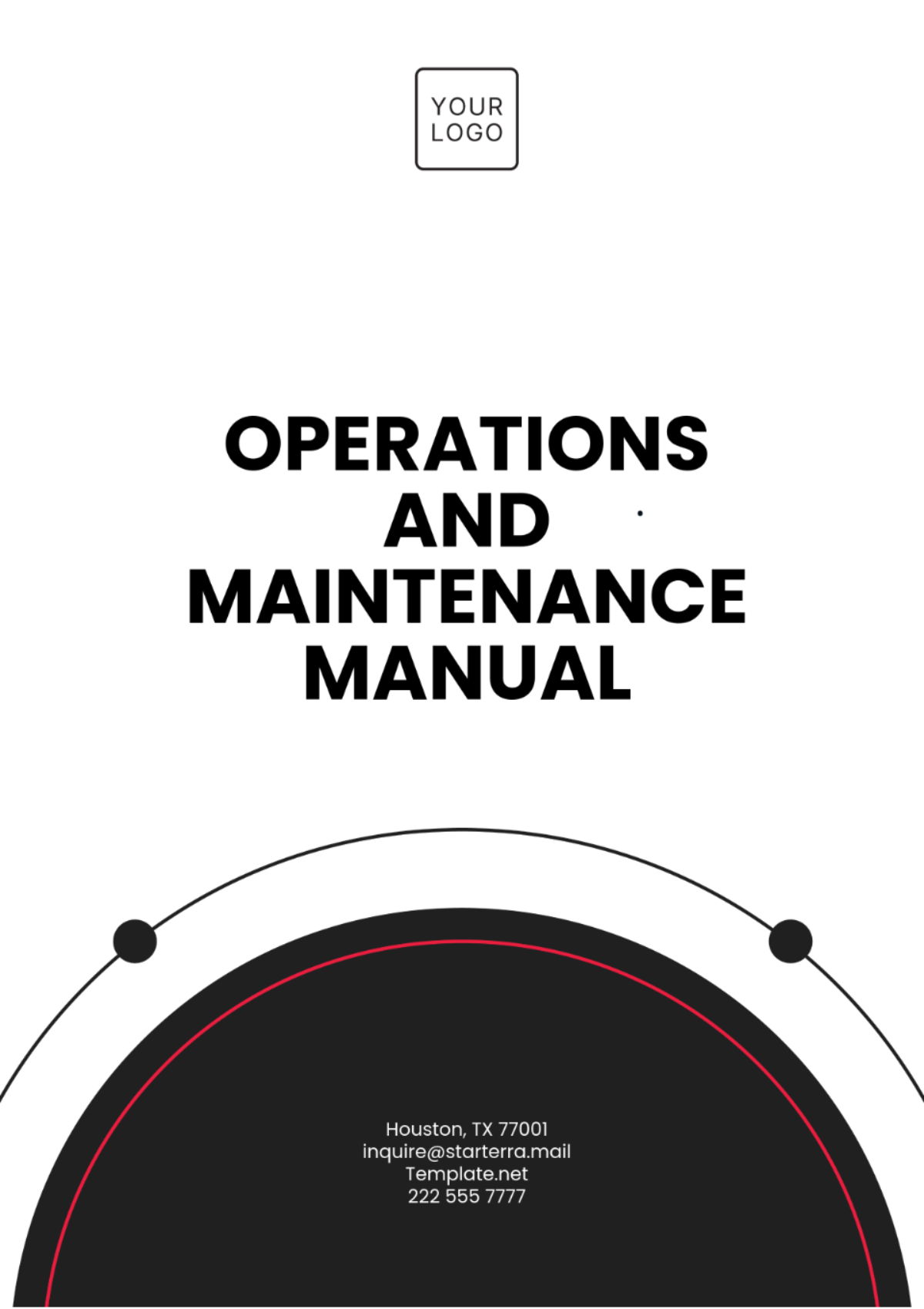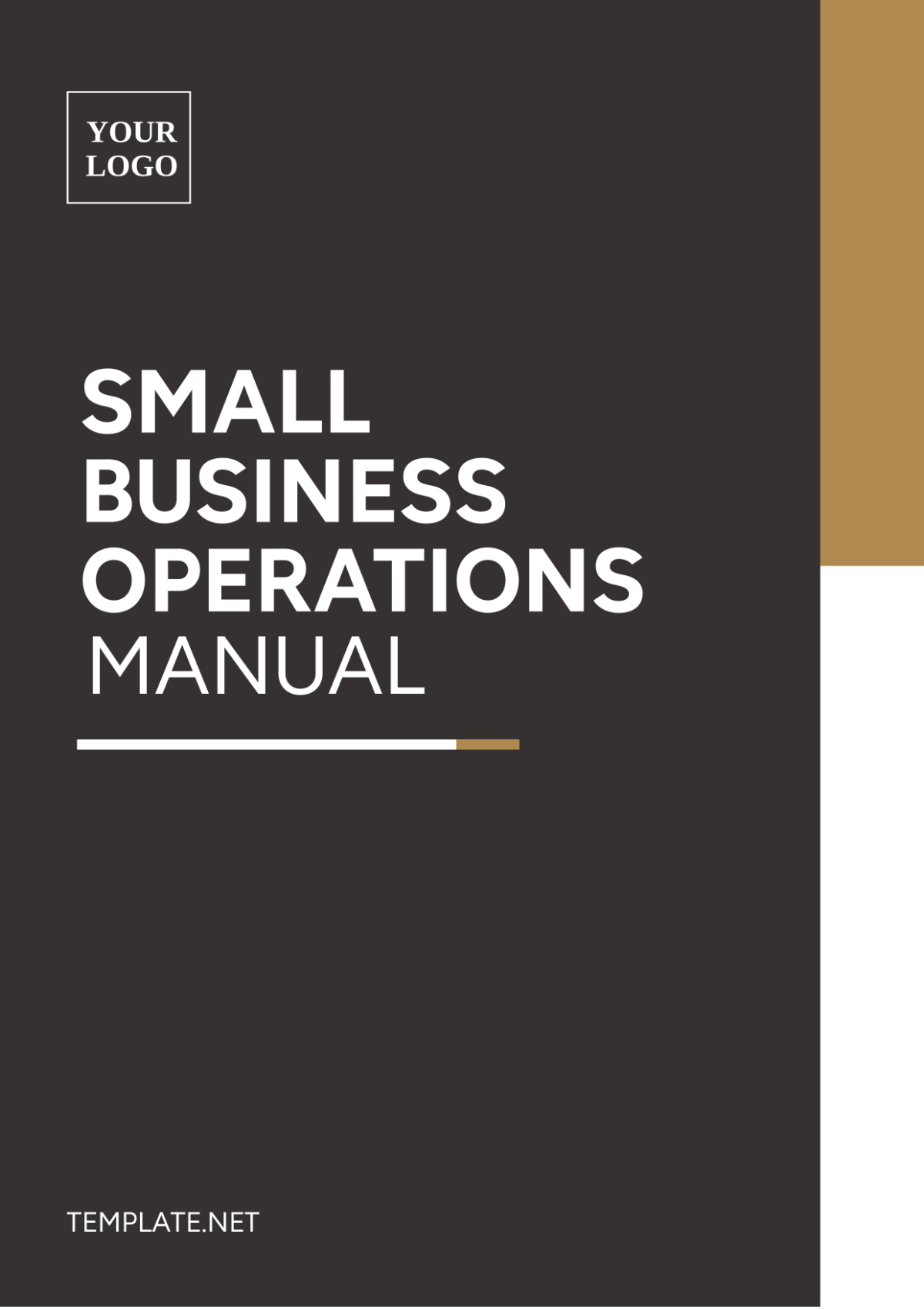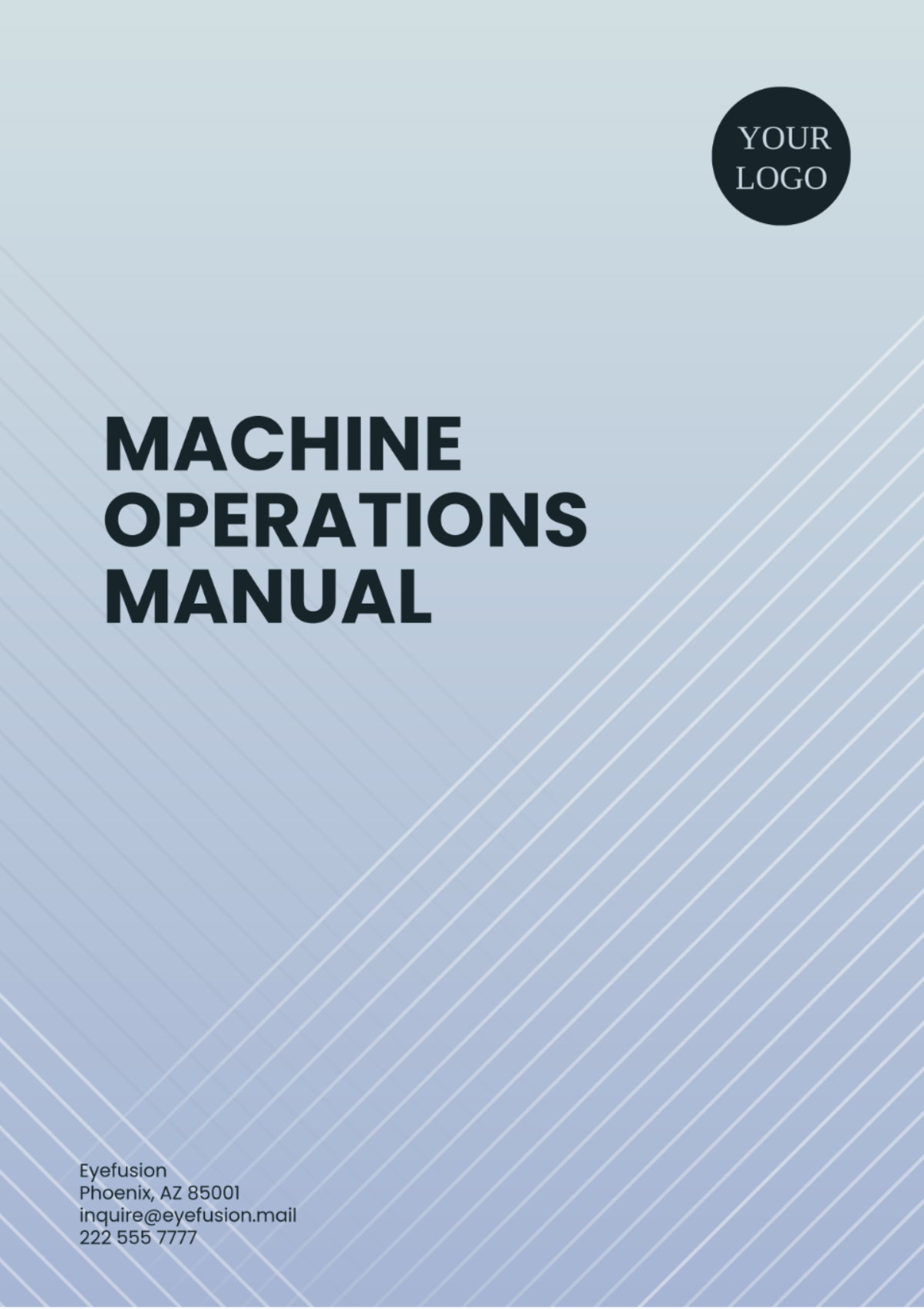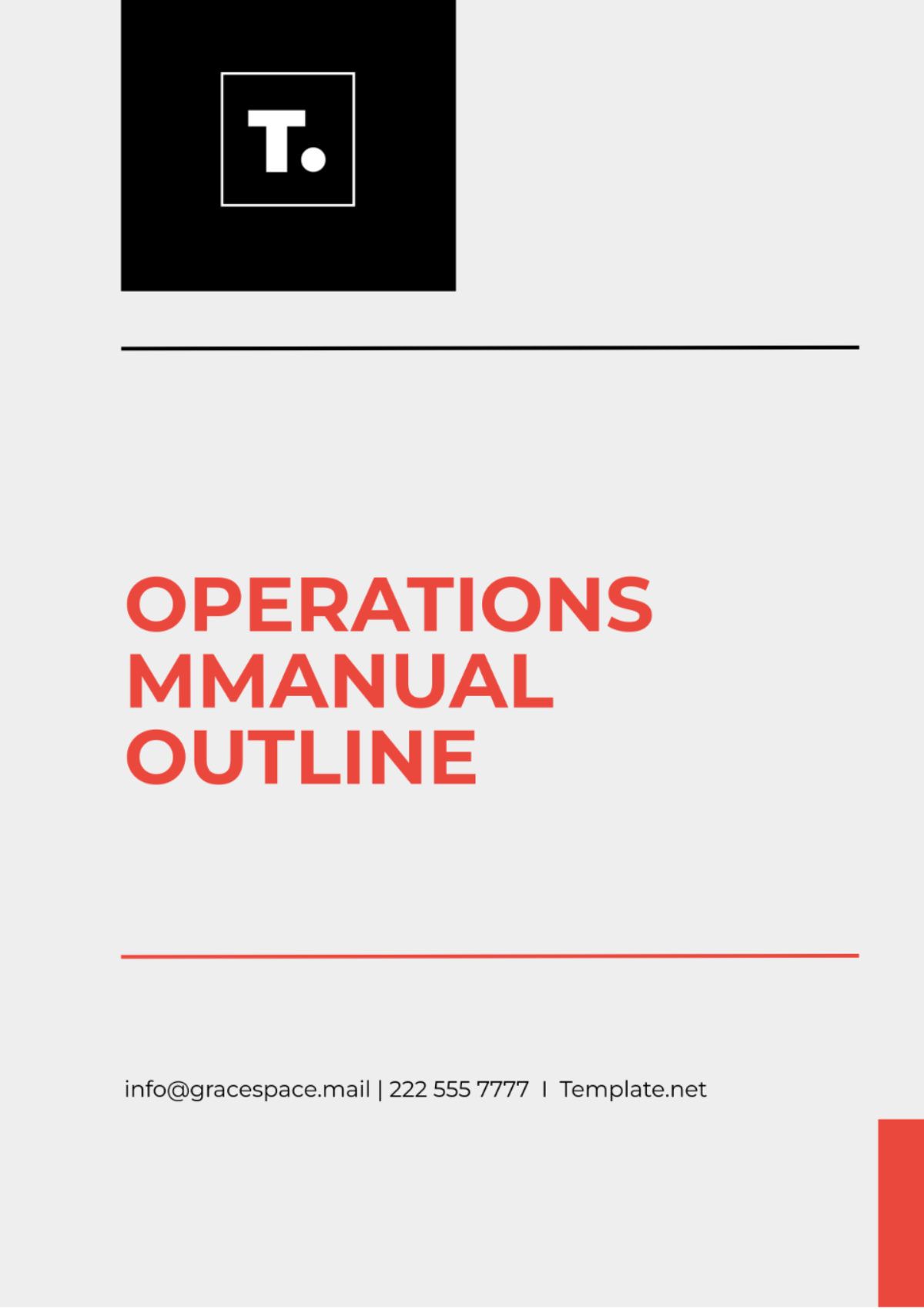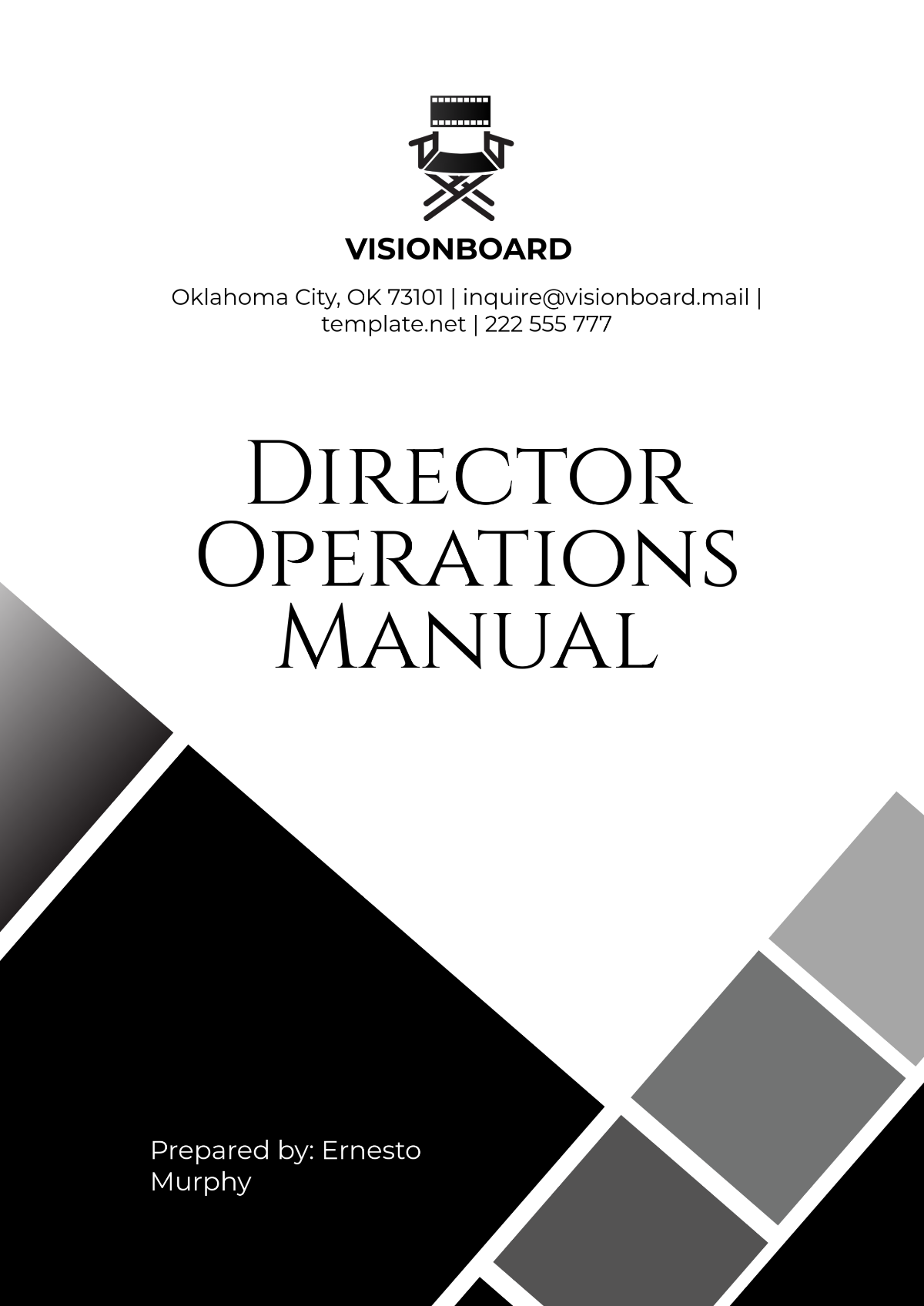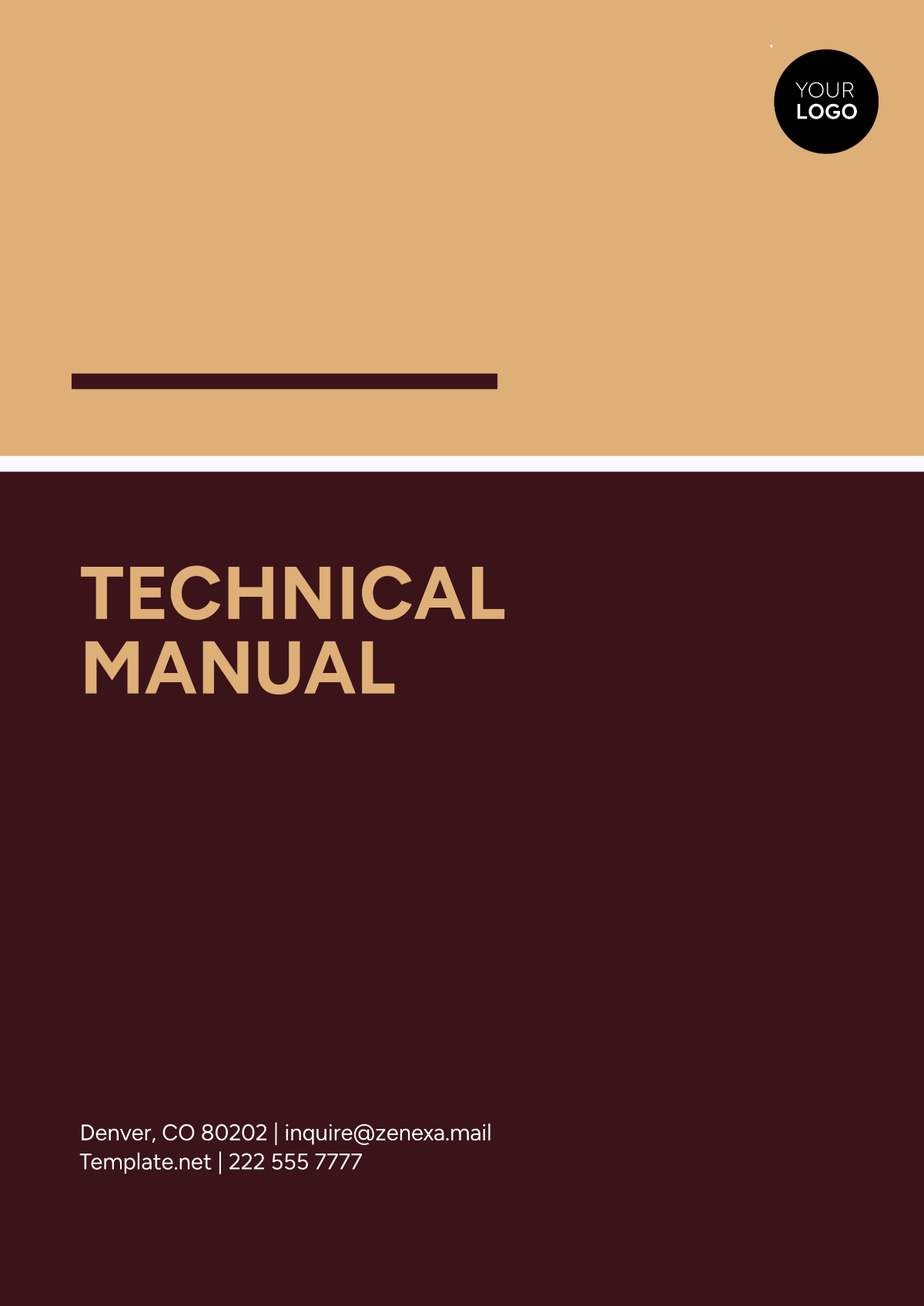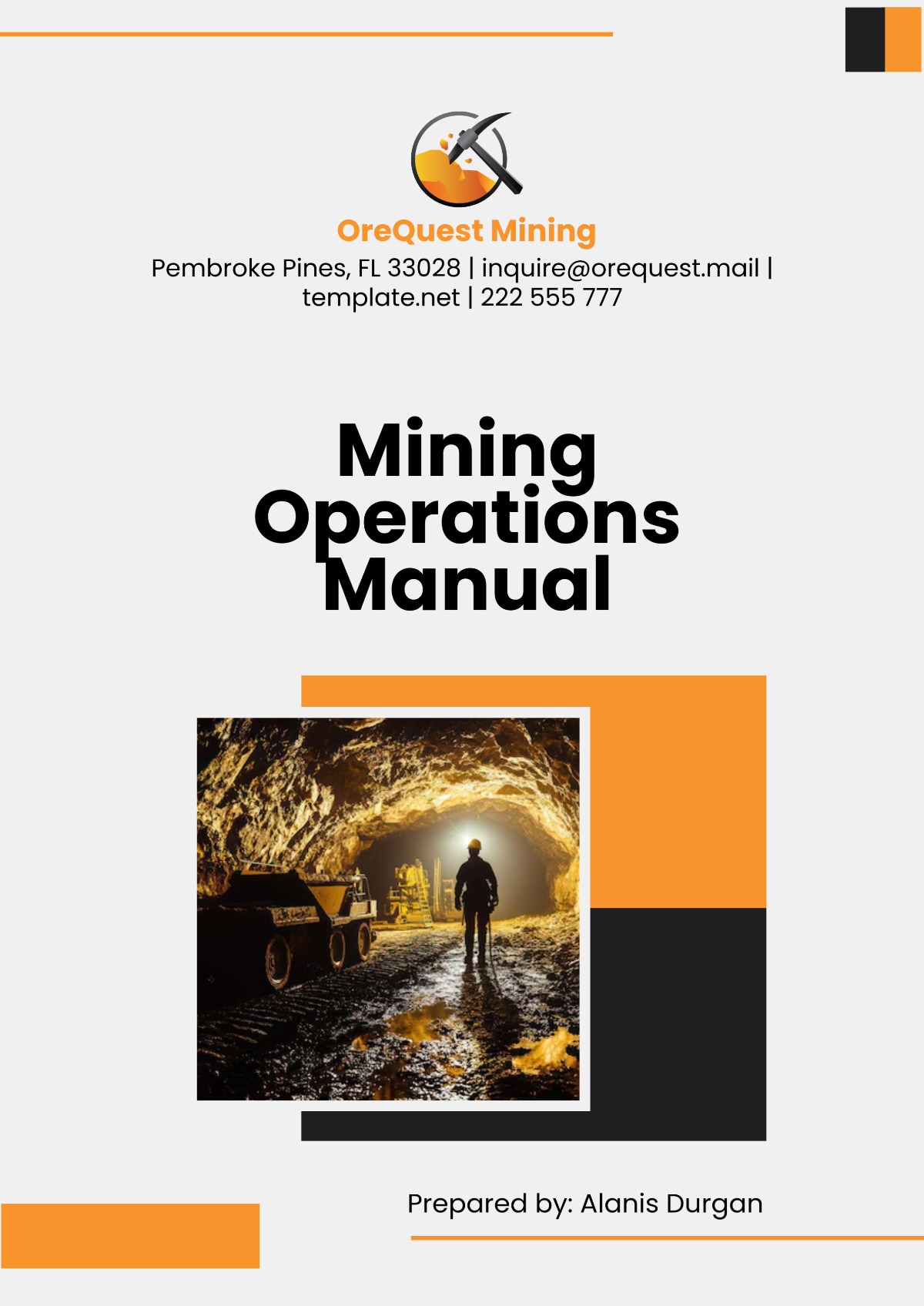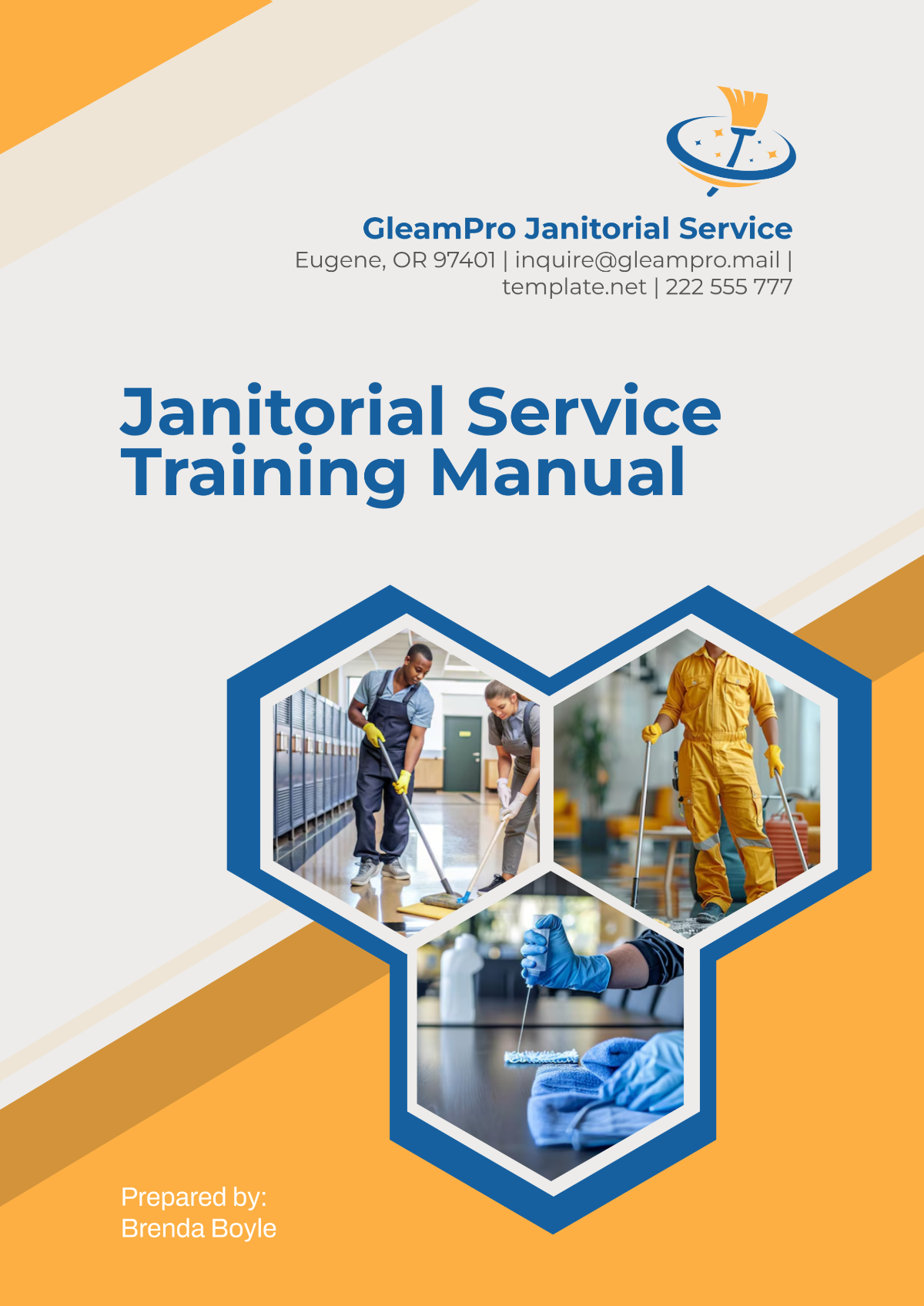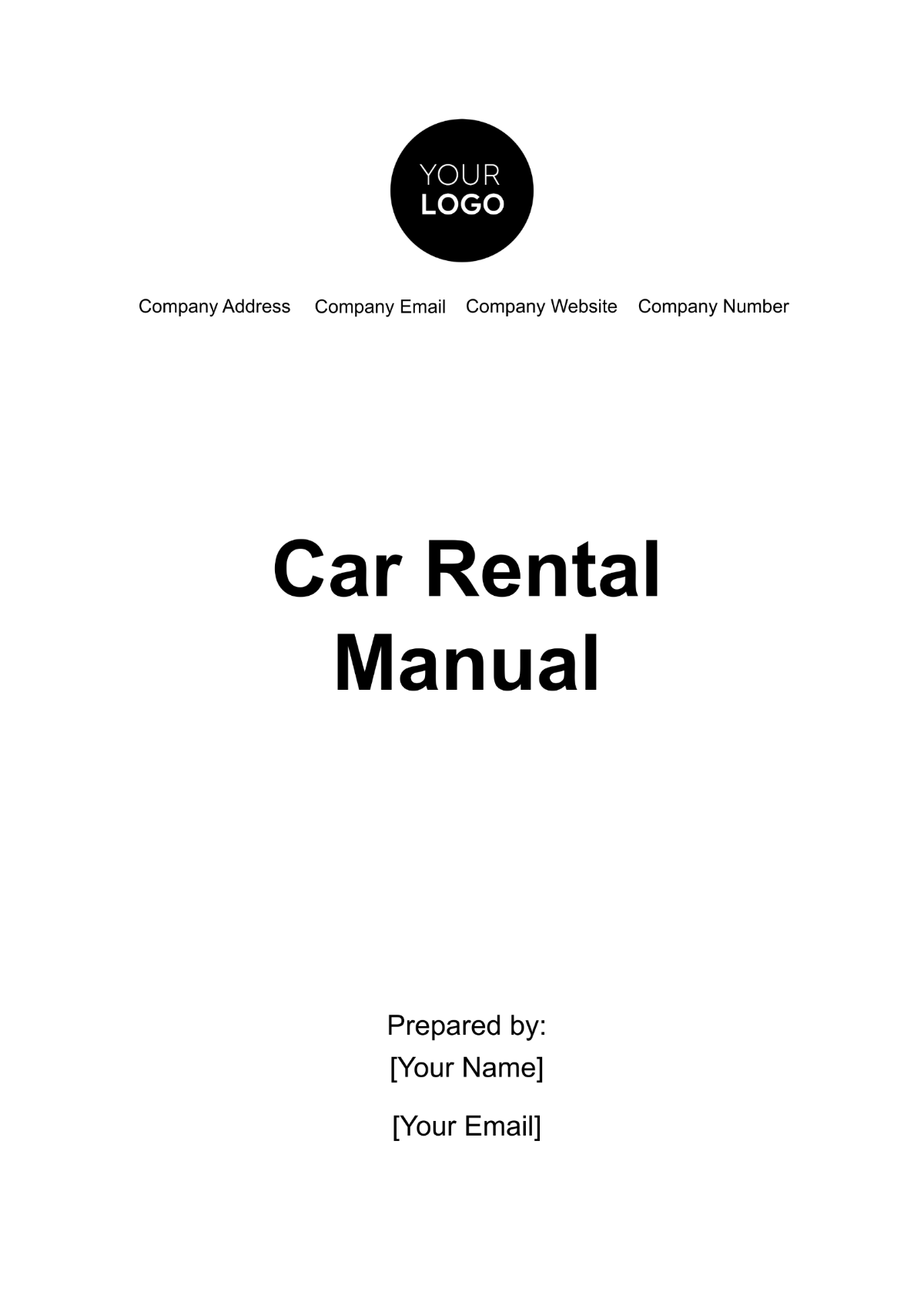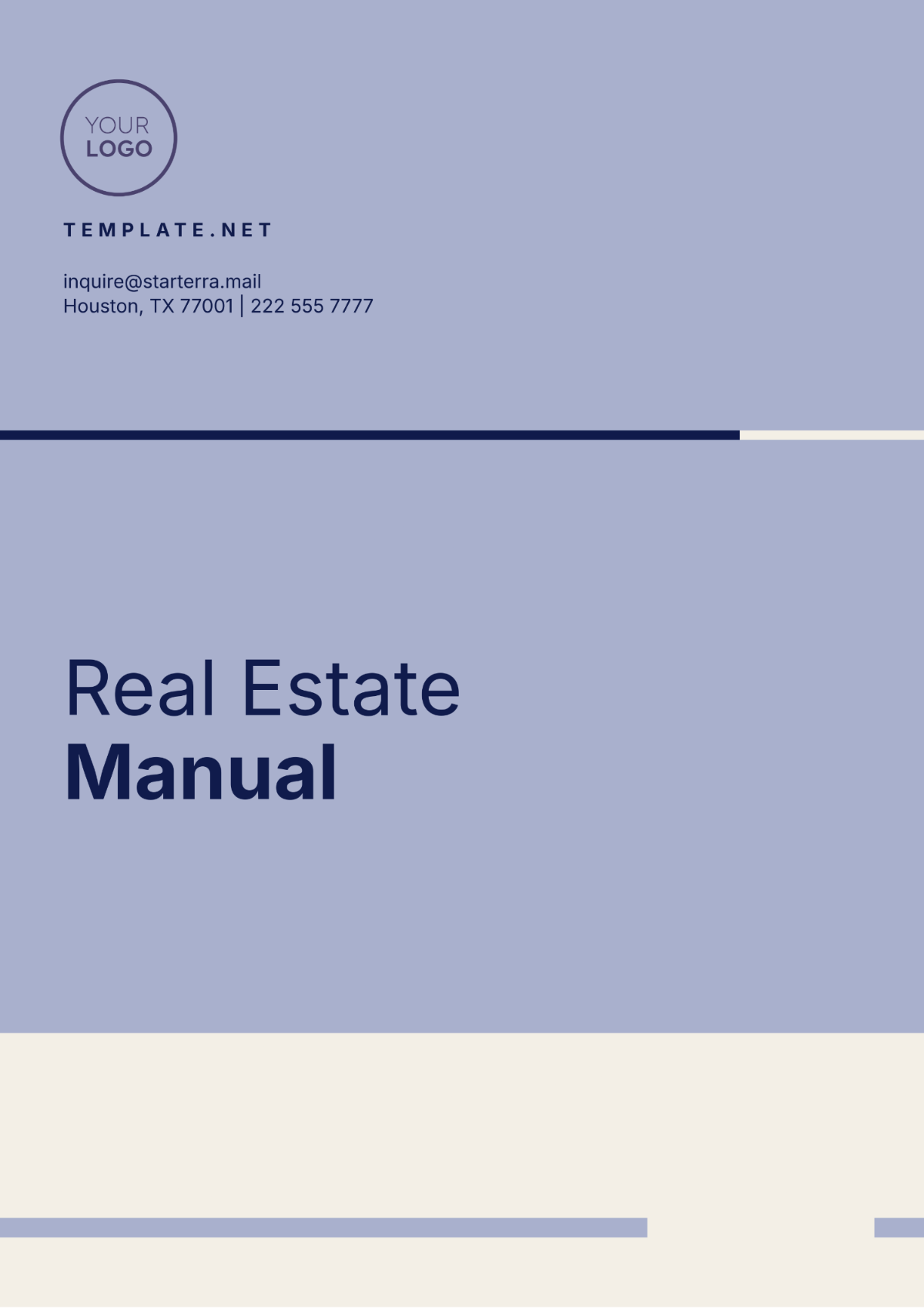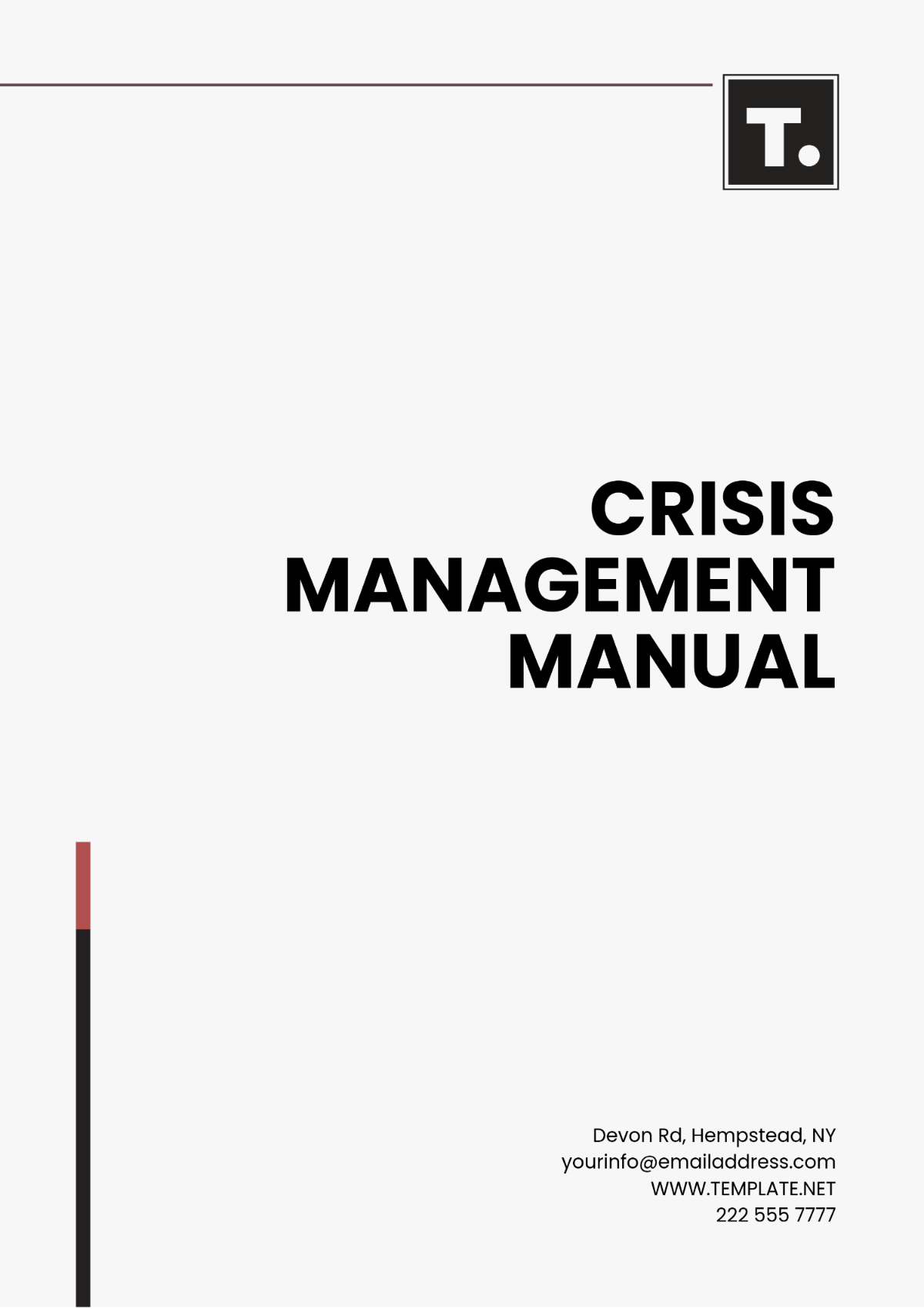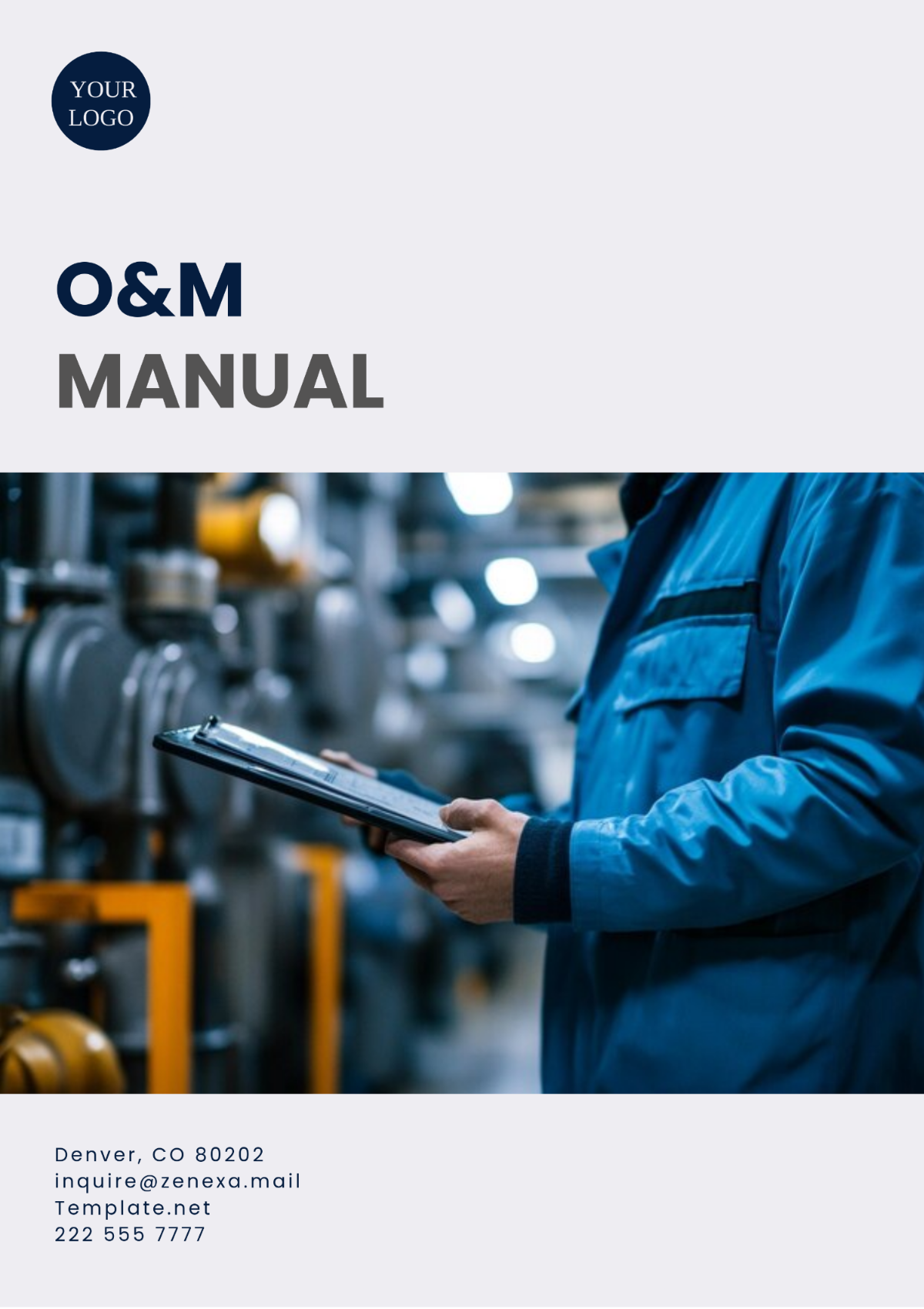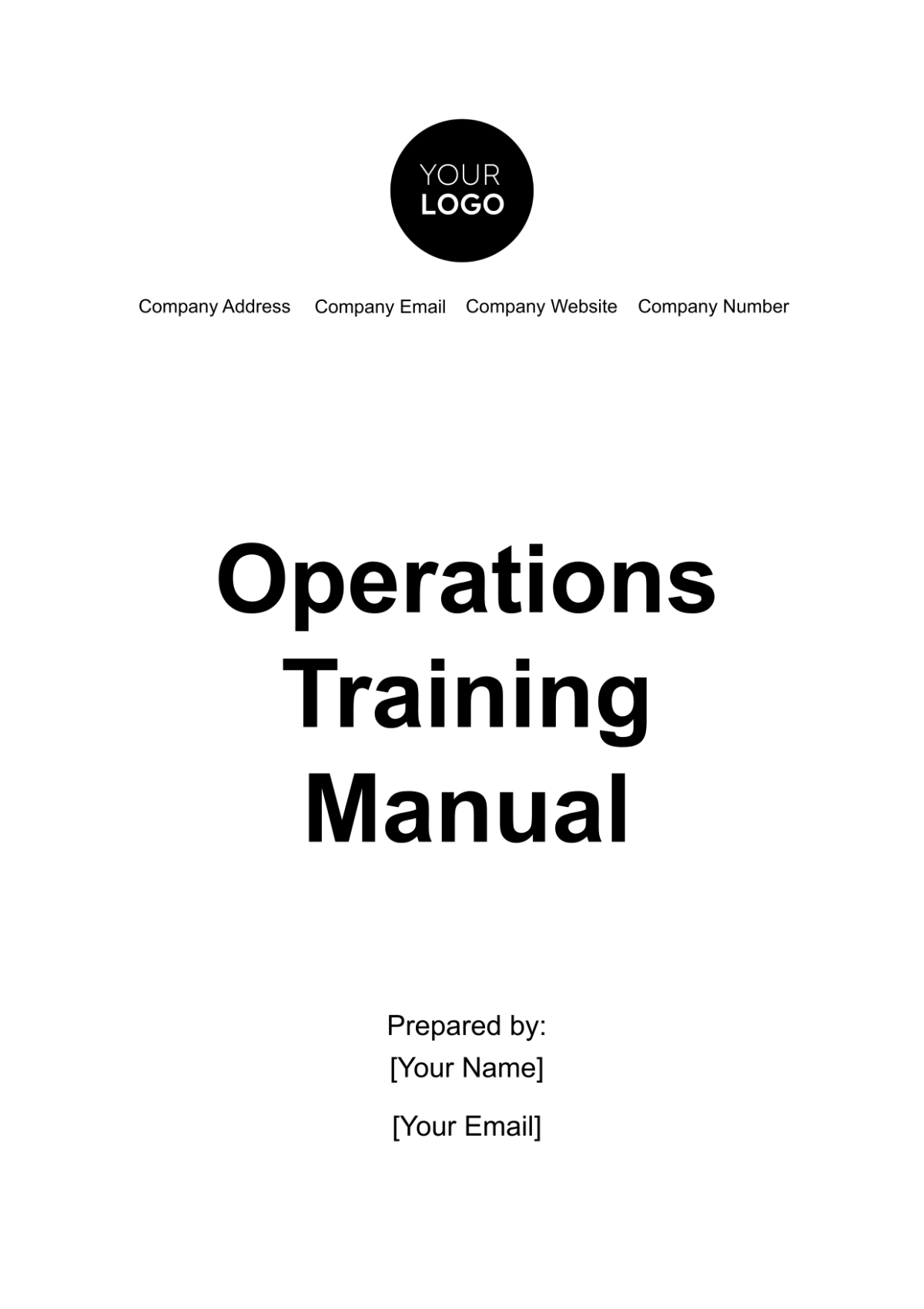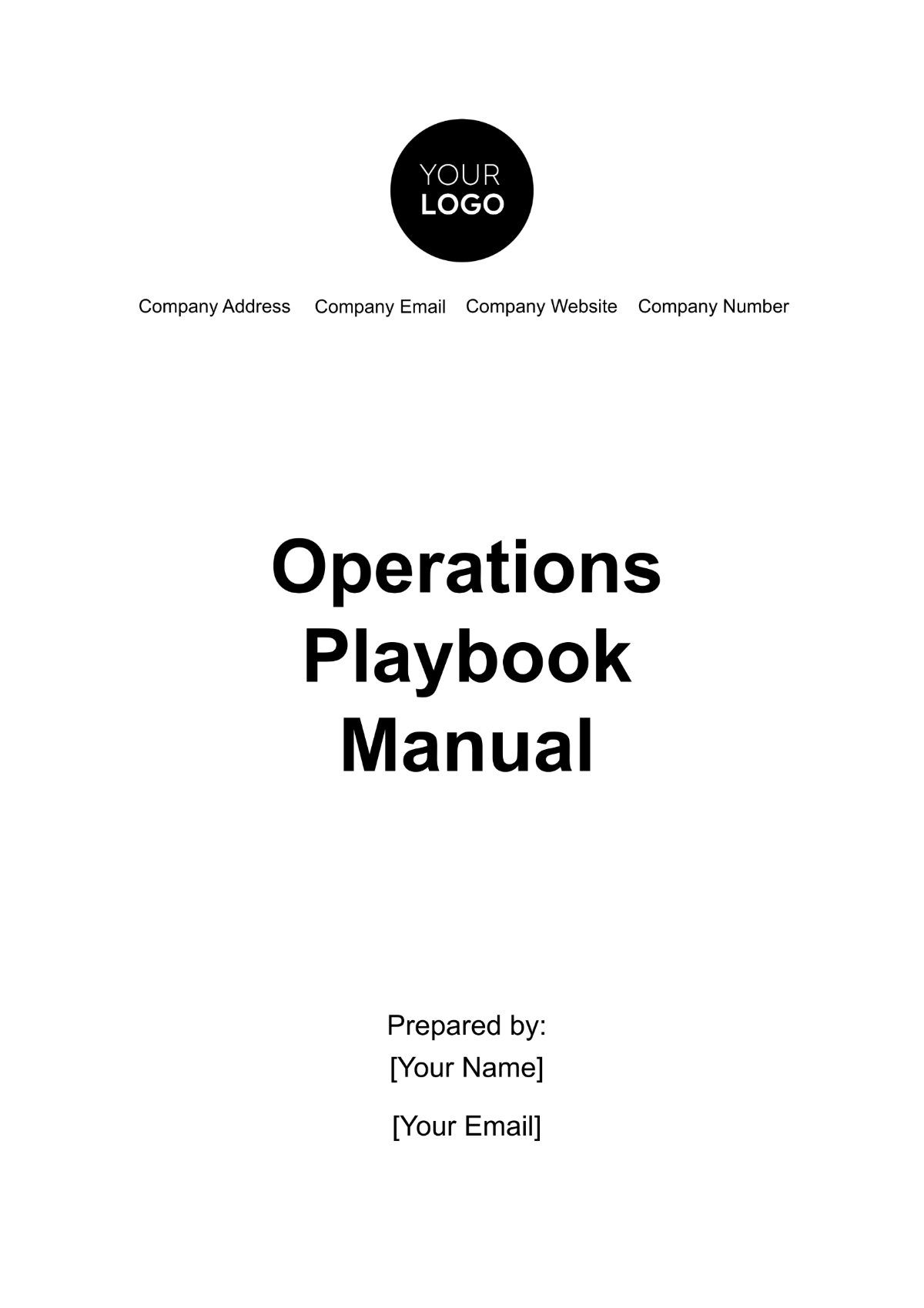Simple Grocery Store Employee Manual
I. Introduction
A. Welcome to [Your Company Name]
Welcome to [Your Company Name]! We are delighted to have you join our team. This manual is designed to provide you with all the essential information you need to excel in your role and contribute positively to our store. As a part of our team, you play a crucial role in upholding the standards and values that define [Your Company Name]. Our success relies on the dedication and hard work of each team member, and we are confident that you will find your experience here rewarding and fulfilling. Should you have any questions or require further clarification about any aspect of your employment, please do not hesitate to reach out to your supervisor or the Human Resources department.
B. Mission Statement
At [Your Company Name], our mission is to deliver high-quality products and outstanding customer service in a welcoming and friendly environment. We are committed to building strong relationships with our customers by providing them with a positive shopping experience. Our mission is supported by our core values, which include integrity, teamwork, and innovation. We believe that by adhering to these values, we can create a thriving work environment and make a meaningful impact in the communities we serve. Every employee is an integral part of achieving this mission, and we encourage you to embrace these values in your daily interactions and tasks.
II. Employment Policies
A. Equal Employment Opportunity
Commitment to Diversity
1.1. At [Your Company Name], we are dedicated to creating a diverse and inclusive workplace where everyone feels valued and respected. We believe that a diverse team enhances creativity, improves decision-making, and reflects the community we serve.
1.2. We are committed to providing equal employment opportunities regardless of race, color, religion, sex, national origin, age, disability, or any other protected characteristic. Our hiring and employment practices are designed to ensure fairness and equity for all candidates and employees.
Non-Discrimination Policy
2.1. Discrimination, harassment, or any form of unfair treatment is strictly prohibited at [Your Company Name]. This includes conduct that creates a hostile or intimidating work environment based on race, gender, sexual orientation, disability, or any other characteristic.
2.2. If you experience or witness any form of discrimination or harassment, we encourage you to report it immediately to your supervisor or the Human Resources department. We take all reports seriously and will investigate them thoroughly to ensure a safe and respectful workplace for everyone.
B. Employment Status and Records
Employment Categories
1.1. Employees at [Your Company Name] are categorized as full-time, part-time, or temporary, each with specific expectations and benefits.
1.2. Full-time employees typically work 40 hours per week and are eligible for a comprehensive benefits package, including health insurance and paid time off. Part-time employees work fewer hours and may be eligible for some benefits based on their hours worked. Temporary employees are hired for specific periods or projects and may not receive the full range of benefits offered to regular employees.
Personnel Records
2.1. Keeping your personal information accurate and up-to-date is essential for effective communication and administrative purposes. Please inform the Human Resources department of any changes to your address, phone number, emergency contacts, or other personal details as soon as possible.
2.2. All personnel records are treated with the utmost confidentiality. Access to these records is restricted to authorized personnel only, and we comply with all applicable privacy laws and regulations to protect your information.
C. Work Schedule and Attendance
Work Hours
1.1. The store operates from 7:00 AM to 10:00 PM, Monday through Sunday. Your work schedule will be determined based on the store’s operational needs and may include weekends and holidays.
1.2. It is important to adhere to your assigned work hours and be punctual. Arriving on time allows for a smooth transition between shifts and ensures that all operational tasks are completed efficiently.
Attendance Policy
2.1. Consistent attendance is vital to maintaining store operations and providing excellent customer service. If you are unable to attend work due to illness or personal reasons, please notify your supervisor as soon as possible, preferably at least 24 hours in advance.
2.2. Excessive absenteeism or tardiness can disrupt store operations and impact your colleagues. Repeated instances of unexcused absences or lateness may result in disciplinary action, including potential termination of employment.
Breaks and Meal Periods
3.1. To ensure that employees remain refreshed and productive, [Your Company Name] provides breaks and meal periods in accordance with state and federal regulations. Breaks are typically scheduled based on the length of your shift.
3.2. It is important to adhere to scheduled break times to ensure that store operations remain uninterrupted. If you need to take an unscheduled break, please obtain approval from your supervisor to minimize disruptions.
III. Employee Conduct
A. Professionalism and Behavior
Dress Code
1.1. Maintaining a professional appearance is important at [Your Company Name]. Employees are required to wear the store uniform and name badge while on duty. The uniform should be clean, well-maintained, and in good condition.
1.2. Personal hygiene and grooming are also important aspects of your professional appearance. Ensure that your attire is neat and presentable, and avoid wearing excessive jewelry or strong fragrances that could be distracting to customers and colleagues.
Customer Service
2.1. Exceptional customer service is a cornerstone of our business. Always greet customers with a friendly demeanor and offer assistance with their needs. A positive attitude and willingness to help contribute to a pleasant shopping experience for our customers.
2.2. Address customer inquiries and complaints with patience and empathy. If a customer’s issue cannot be resolved immediately, provide them with appropriate follow-up information and ensure that their concerns are addressed in a timely manner.
Workplace Etiquette
3.1. Respectful and cooperative behavior is essential for maintaining a positive work environment. Treat all colleagues, supervisors, and customers with courtesy and professionalism, even in challenging situations.
3.2. Avoid engaging in gossip, spreading rumors, or participating in any behavior that could create a negative atmosphere. Focus on fostering a collaborative and supportive work environment that promotes teamwork and mutual respect.
B. Use of Company Property
Equipment and Supplies
1.1. All company equipment and supplies should be used responsibly and only for work-related purposes. This includes items such as cash registers, computers, and store tools.
1.2. If you notice any damage or malfunctioning of equipment, report it to your supervisor immediately. Proper use and timely reporting of issues help maintain the efficiency and safety of store operations.
Confidentiality
2.1. Protecting customer and company information is a critical responsibility. Do not disclose any confidential or proprietary information to unauthorized individuals, including sensitive data about customers, employees, or business operations.
2.2. Ensure that any confidential information you handle is stored securely and accessed only by authorized personnel. This helps safeguard our company’s interests and maintain customer trust.
IV. Health and Safety
A. Workplace Safety
Safety Procedures
1.1. Adherence to safety procedures is essential to prevent accidents and injuries. Follow all guidelines related to lifting techniques, proper use of equipment, and personal protective equipment (PPE) as required.
1.2. Report any unsafe conditions or potential hazards to your supervisor immediately. Prompt reporting and corrective action help maintain a safe work environment for everyone.
Emergency Procedures
2.1. Familiarize yourself with the store’s emergency procedures, including evacuation routes, emergency exits, and assembly points. This knowledge is crucial for your safety in case of an emergency.
2.2. Participate in all scheduled emergency drills and follow instructions from supervisors or emergency personnel. Being prepared and informed can significantly reduce risks and enhance overall safety.
B. Health and Wellness
Health Guidelines
1.1. Maintaining good personal hygiene is important for preventing the spread of illness and ensuring a healthy work environment. Follow any health guidelines provided by [Your Company Name], such as regular handwashing and proper food handling practices.
1.2. If you are feeling unwell or exhibiting symptoms of illness, inform your supervisor and avoid coming to work. This helps prevent the spread of illness and protects the health of your colleagues and customers.
Wellness Programs
2.1. [Your Company Name] offers various wellness programs and resources to support your physical and mental well-being. These may include health screenings, fitness programs, and stress management resources.
2.2. Take advantage of these programs to maintain a healthy lifestyle and manage stress effectively. Your well-being is important to us, and we encourage you to seek assistance if you need help with health or wellness-related issues.
V. Training and Development
A. Onboarding and Orientation
New Employee Orientation
1.1. All new employees will participate in an orientation program designed to introduce you to the store’s policies, procedures, and culture. This orientation will provide you with the information you need to start your role confidently.
1.2. During the orientation, you will learn about your specific responsibilities, safety protocols, and customer service expectations. You will also have the opportunity to meet key team members and ask any questions you may have.
Probationary Period
2.1. The initial 90 days of your employment constitute a probationary period during which your performance and suitability for the role will be evaluated. This period allows both you and [Your Company Name] to assess if the role is a good fit.
2.2. Regular feedback will be provided during this time to help you understand your progress and areas for improvement. Successful completion of the probationary period will result in your transition to regular employment status.
B. Ongoing Training
Professional Development
1.1. [Your Company Name] is committed to your professional growth and development. We offer various training programs and workshops to enhance your skills and knowledge.
1.2. Participate actively in these training opportunities to stay updated with industry trends and improve your performance. Your development contributes to both your success and the overall success of the store.
Skill Assessments
2.1. Regular skill assessments may be conducted to evaluate your proficiency in various areas of your job. These assessments help identify strengths and areas where additional training may be beneficial.
2.2. Use the feedback from these assessments to set personal development goals and seek additional training or resources as needed.
VI. Operational Procedures
A. Store Operations
Opening and Closing Procedures
1.1. Adhere to the store’s opening and closing procedures to ensure that all tasks are completed efficiently and correctly. This includes tasks such as setting up registers, verifying cash drawers, and performing end-of-day reconciliations.
1.2. Follow the designated checklist for opening and closing procedures to ensure consistency and accuracy. This helps maintain operational integrity and ensures a smooth transition between shifts.
Cash Handling
2.1. Accurate cash handling is essential for maintaining financial integrity. Follow all cash handling procedures, including counting cash drawers at the beginning and end of shifts and processing transactions accurately.
2.2. Report any discrepancies or issues with cash handling immediately to your supervisor. Proper documentation and timely reporting help prevent financial errors and ensure accountability.
B. Inventory Management
Stocking and Restocking
1.1. Ensure that shelves are stocked and products are displayed according to store guidelines. Properly organized displays enhance the shopping experience and increase sales.
1.2. Regularly check inventory levels and restock items as needed. Pay attention to expiration dates and rotate stock to minimize waste. Proper rotation ensures that older items are sold before newer ones, reducing spoilage and maintaining product freshness.
Inventory Control
2.1. Conduct regular inventory counts to maintain accurate records of stock levels. This helps prevent shrinkage and ensures that we can meet customer demand. Regular counts also help identify any discrepancies between physical stock and inventory records.
2.2. Report any discrepancies between physical stock and inventory records to your supervisor. Follow procedures for investigating and resolving inventory issues. Accurate inventory control is crucial for managing costs and maintaining store profitability.
C. Customer Service
Customer Interactions
1.1. Engage with customers in a friendly and helpful manner. Address their questions and concerns with professionalism and courtesy. A positive attitude and willingness to assist create a welcoming atmosphere that encourages repeat business.
1.2. Provide product recommendations and assist with finding items as needed. Make sure customers leave the store satisfied with their shopping experience. Offer to check inventory for out-of-stock items and arrange for special orders if necessary.
Handling Complaints
2.1. Listen to customer complaints attentively and empathetically. Understand their concerns and work towards finding a satisfactory resolution. Acknowledging and addressing complaints promptly demonstrates our commitment to customer satisfaction.
2.2. If a complaint cannot be resolved at your level, escalate it to a supervisor or manager. Document the complaint and the actions taken to address it. Effective complaint handling helps build trust and maintain a positive reputation.
VII. Technology and Equipment
A. Point of Sale (POS) System
Operating the POS
1.1. Familiarize yourself with the POS system, including how to process transactions, apply discounts, and handle returns. Accurate and efficient use of the POS system is essential for smooth store operations and customer satisfaction.
1.2. Ensure that all transactions are completed accurately and efficiently. Double-check prices and item quantities before finalizing sales. Incorrect transactions can lead to customer dissatisfaction and financial discrepancies.
Troubleshooting
2.1. If the POS system malfunctions, follow the troubleshooting steps provided in the user manual. Common issues may include printer errors, connectivity problems, or software glitches.
2.2. Report persistent issues to the IT department or designated tech support. Do not attempt to fix technical problems beyond your training. Prompt reporting and professional assistance ensure minimal disruption to store operations.
B. Store Equipment
Maintaining Equipment
1.1. Regularly inspect and clean store equipment, such as refrigerators, freezers, and other appliances. Proper maintenance ensures optimal performance and safety. Routine cleaning helps prevent equipment breakdowns and extends the lifespan of appliances.
1.2. Report any equipment malfunctions or maintenance needs to your supervisor immediately. Timely reporting helps address issues before they escalate, maintaining store efficiency and safety.
Safety Precautions
2.1. Follow all safety guidelines when operating equipment. This includes wearing protective gear and following proper operating procedures. Adhering to safety guidelines reduces the risk of accidents and injuries.
2.2. Ensure that equipment is turned off and unplugged when not in use, where applicable. Properly securing equipment helps prevent accidents and reduces the risk of electrical hazards.
VIII. Policies and Procedures
A. Code of Conduct
Behavior Expectations
1.1. Adhere to [Your Company Name]'s code of conduct, which outlines acceptable behaviors and practices. This includes punctuality, respectfulness, and professionalism. Upholding these standards ensures a positive work environment and promotes a culture of integrity.
1.2. Violations of the code of conduct may result in disciplinary action, up to and including termination. It is important to understand and follow these guidelines to avoid any potential issues and contribute to a respectful workplace.
Conflict Resolution
2.1. Address any conflicts or issues with colleagues through respectful communication and problem-solving. Open and honest dialogue helps resolve misunderstandings and fosters a collaborative work environment.
2.2. If conflicts cannot be resolved through direct communication, seek assistance from a supervisor or Human Resources. Mediation and support from management can help resolve issues and prevent escalation.
B. Disciplinary Actions
Disciplinary Procedures
1.1. Disciplinary actions may be taken for violations of company policies or poor performance. The type of action will depend on the severity of the issue and may include verbal warnings, written warnings, suspension, or termination.
1.2. It is important to address any performance issues or policy violations promptly and professionally. Disciplinary procedures are designed to provide opportunities for improvement while maintaining store standards and expectations.
Appeal Process
2.1. Employees have the right to appeal disciplinary actions. Submit a written appeal to your supervisor or Human Resources within a specified timeframe. The appeal process provides an opportunity to present your perspective and seek a review of the decision.
2.2. The appeal will be reviewed, and a final decision will be made in accordance with company policies. This process ensures fairness and transparency in addressing disciplinary matters.
